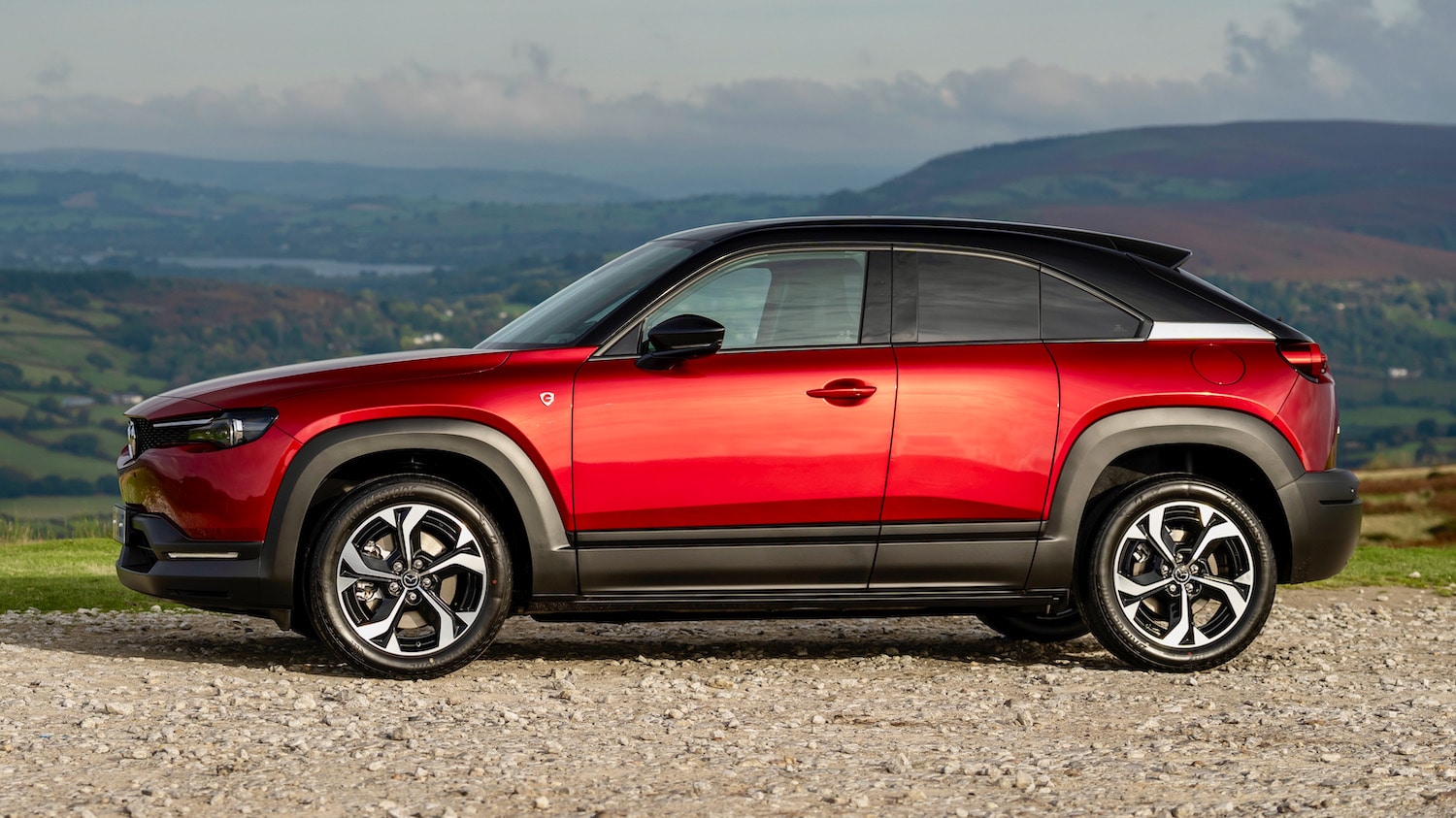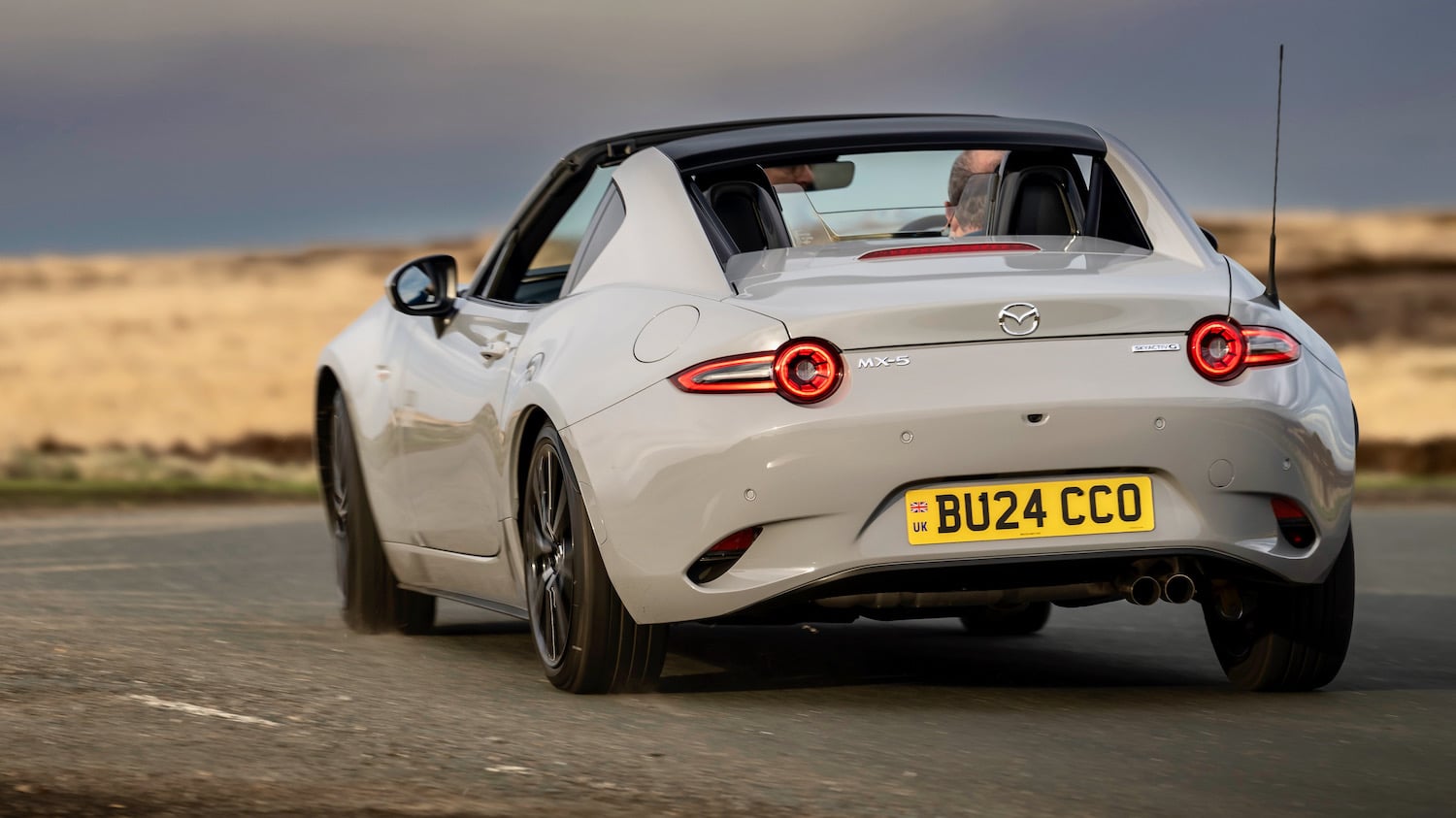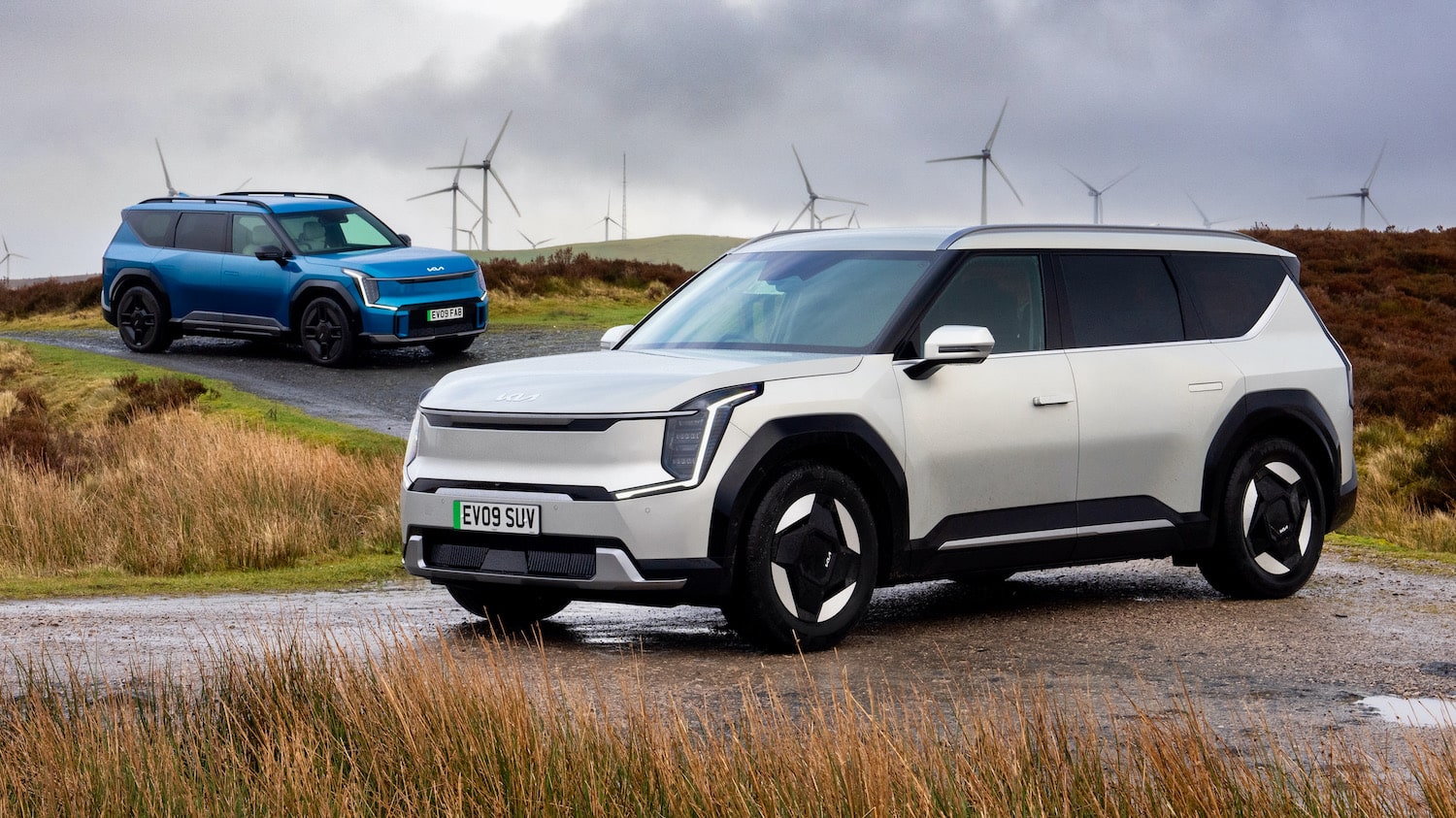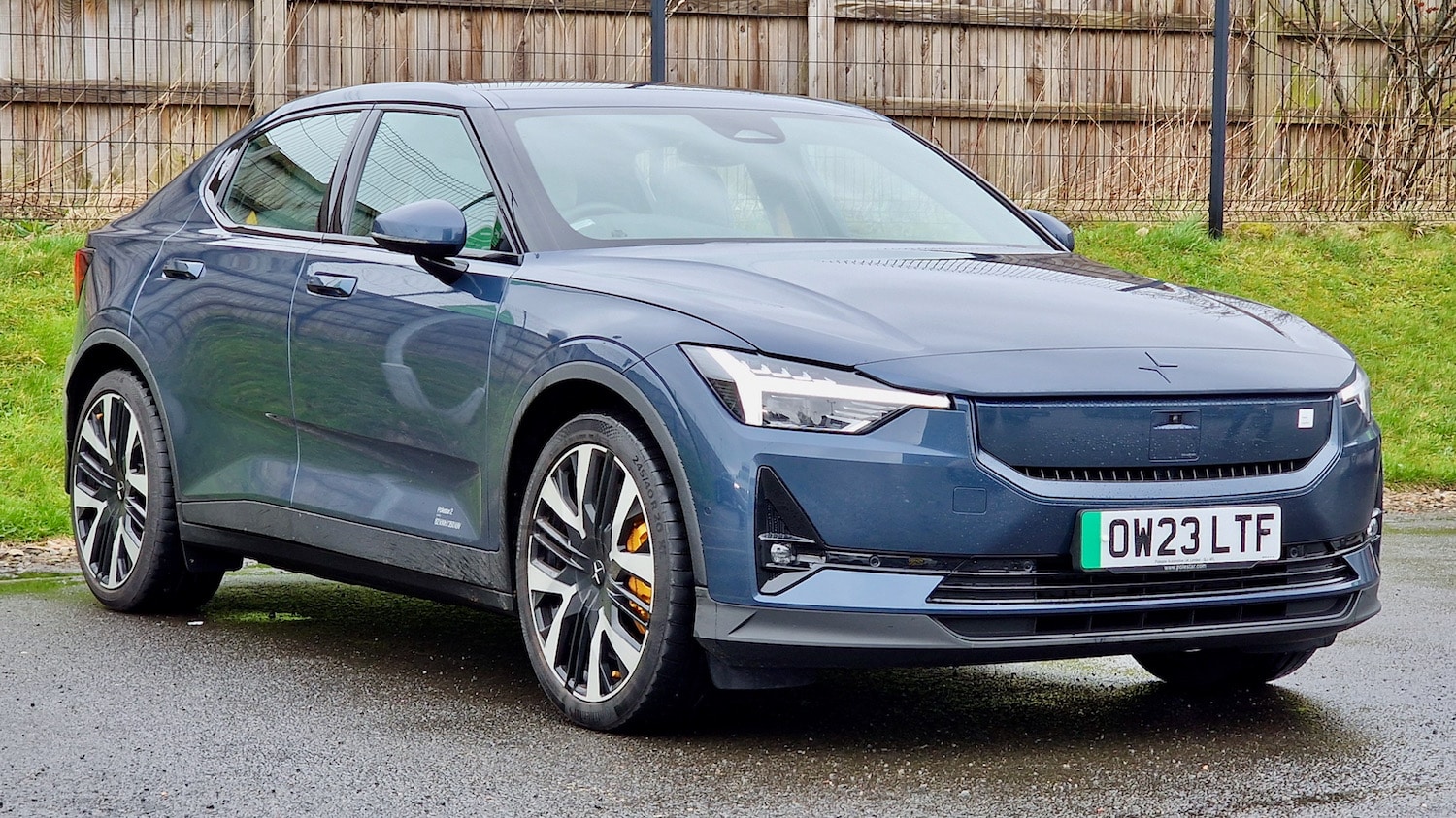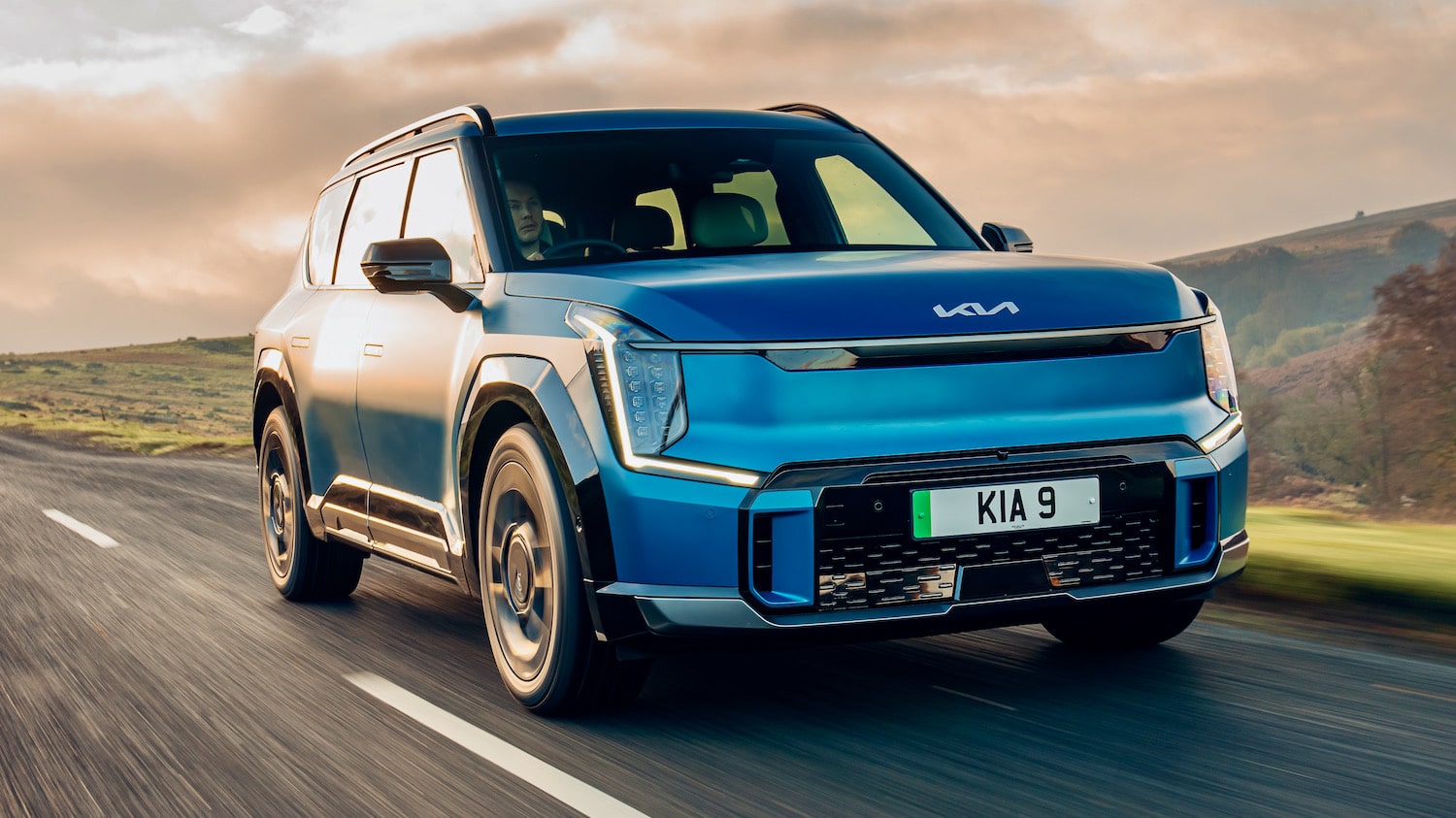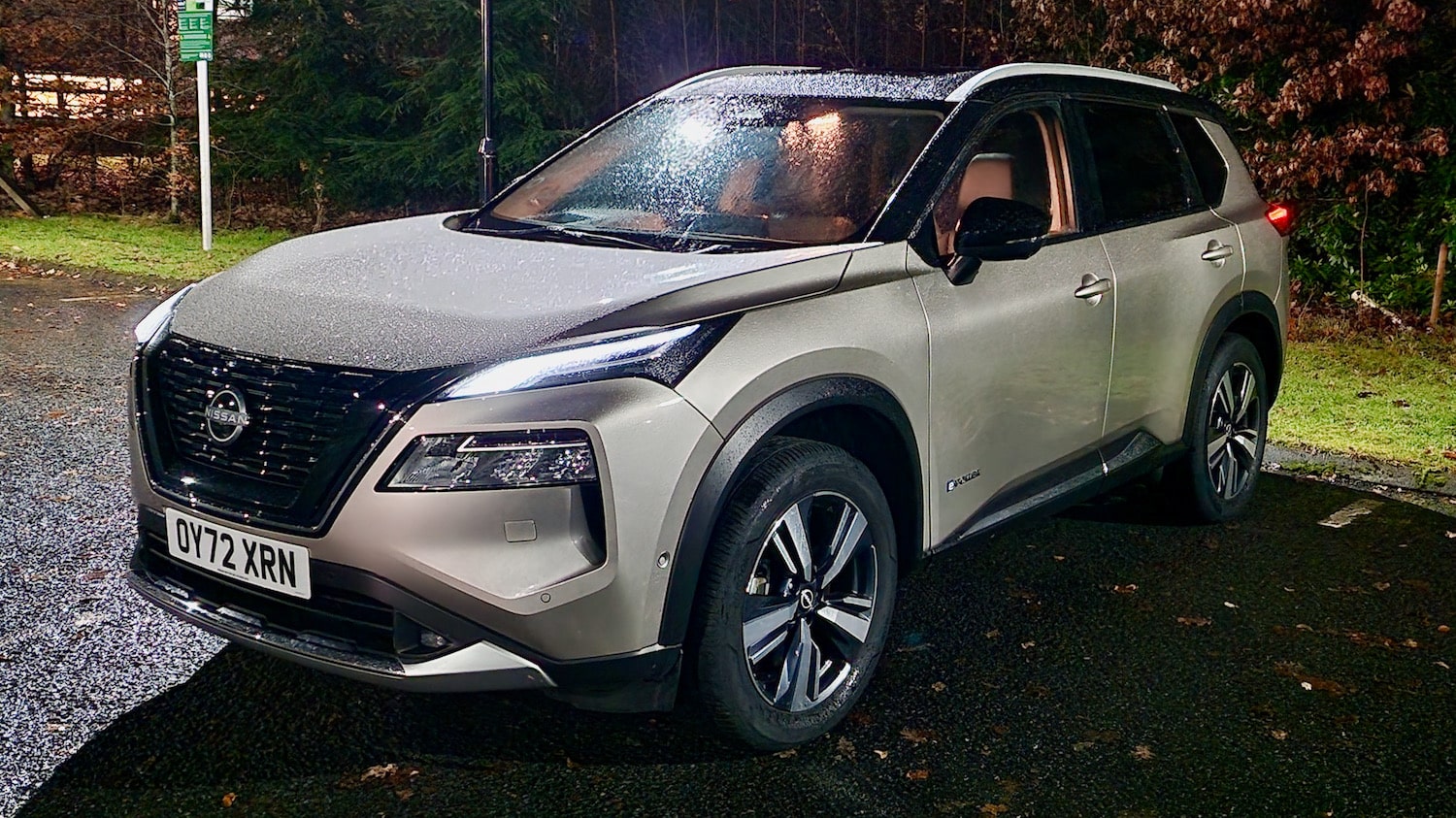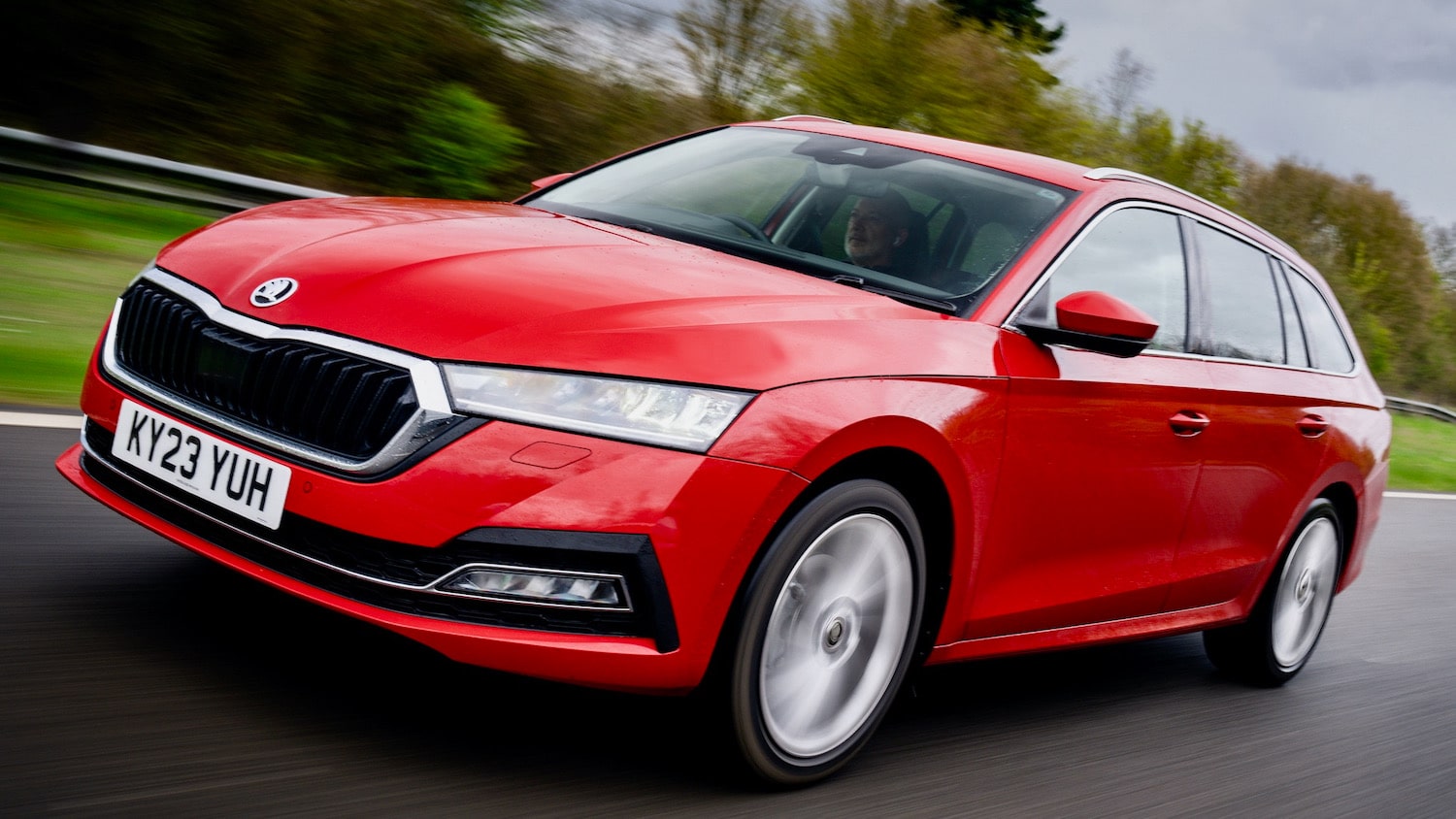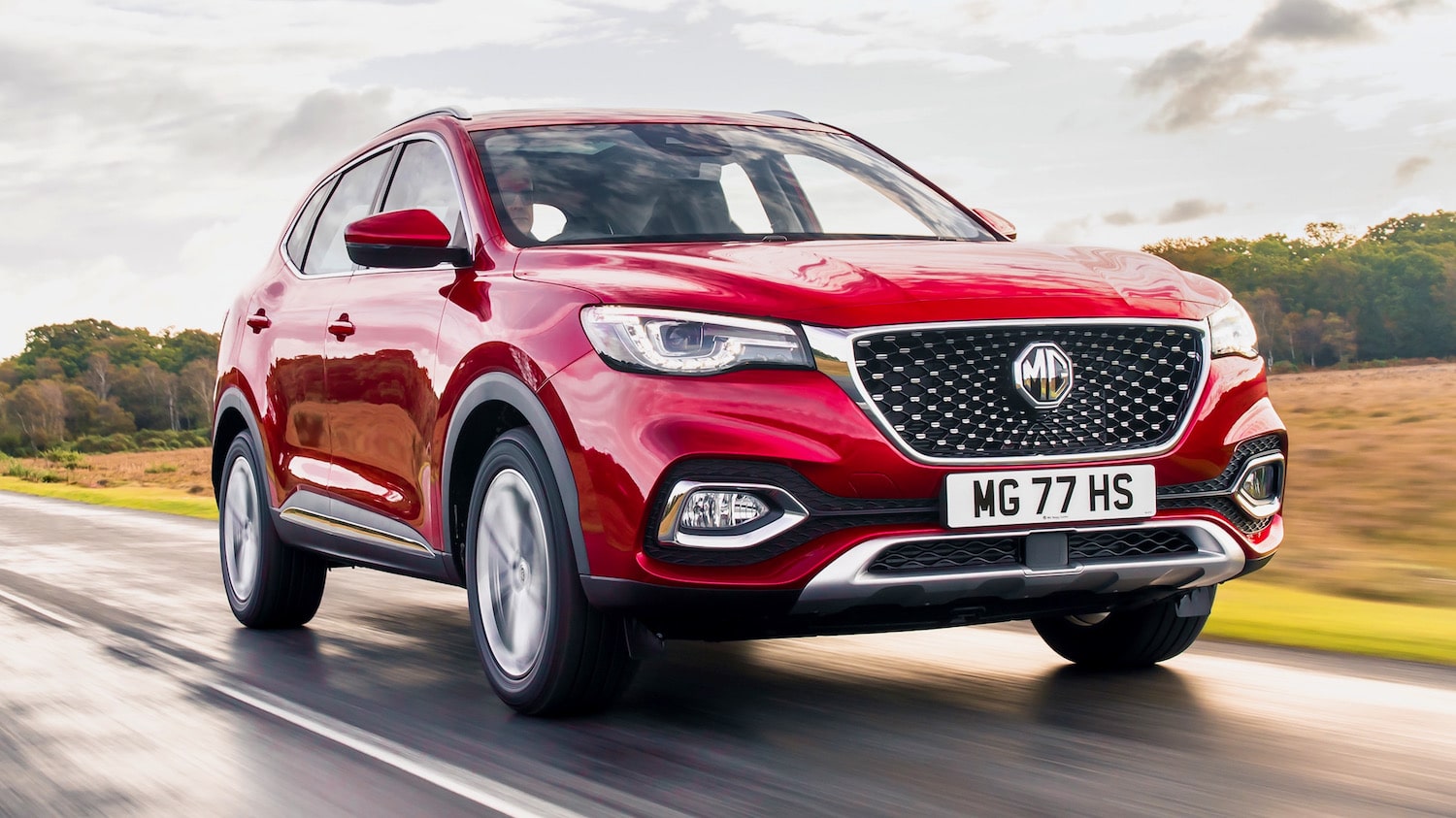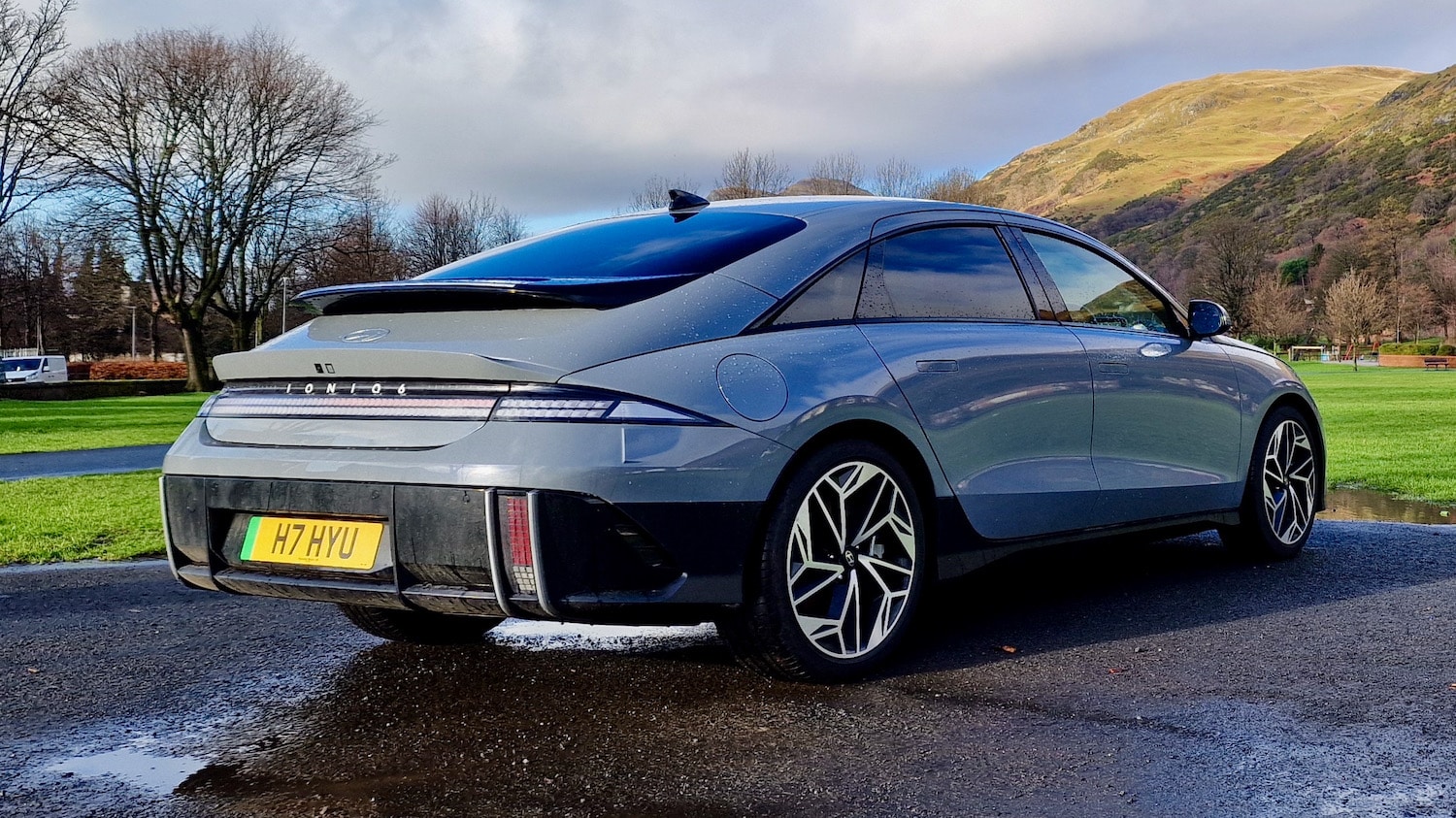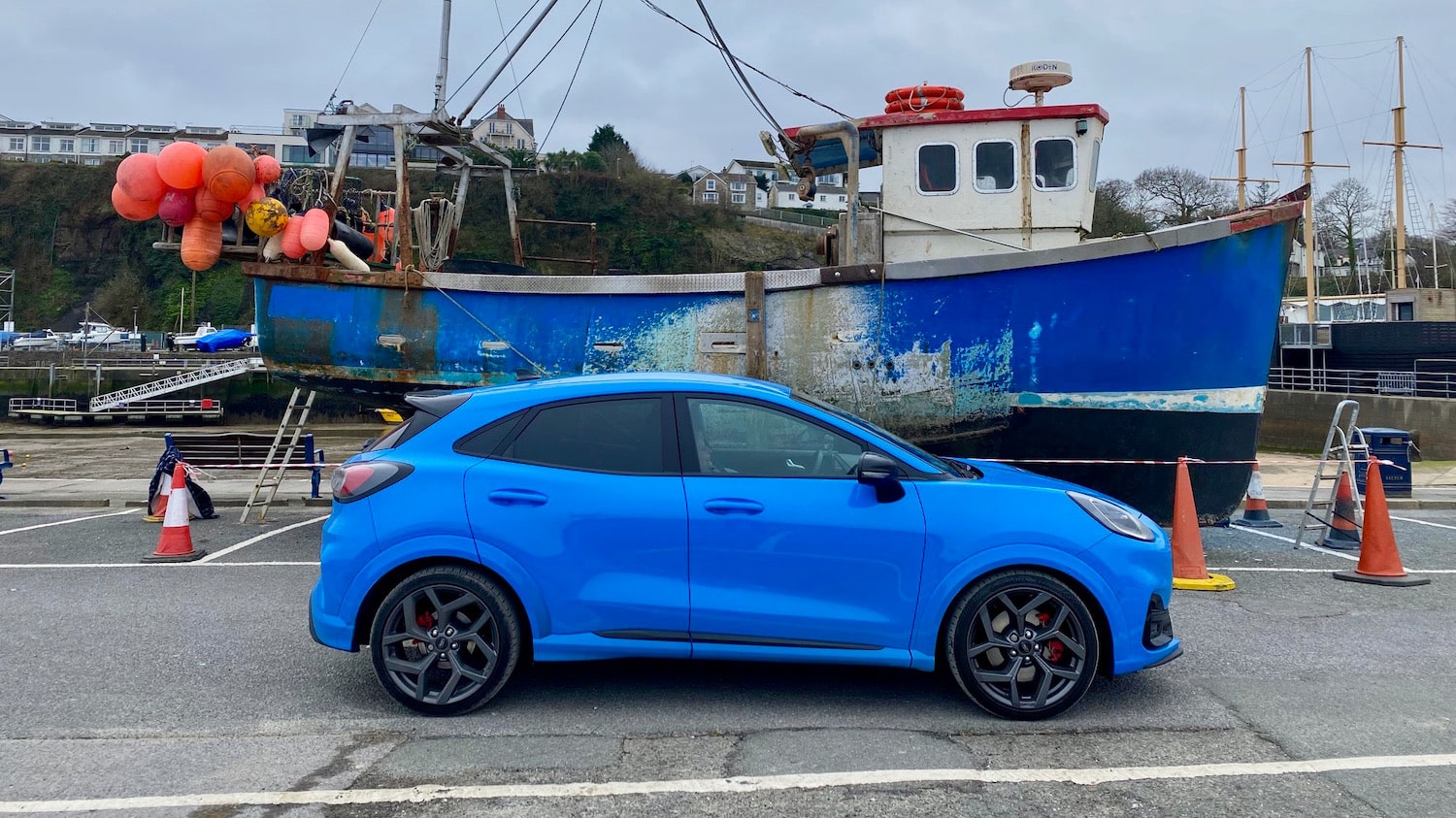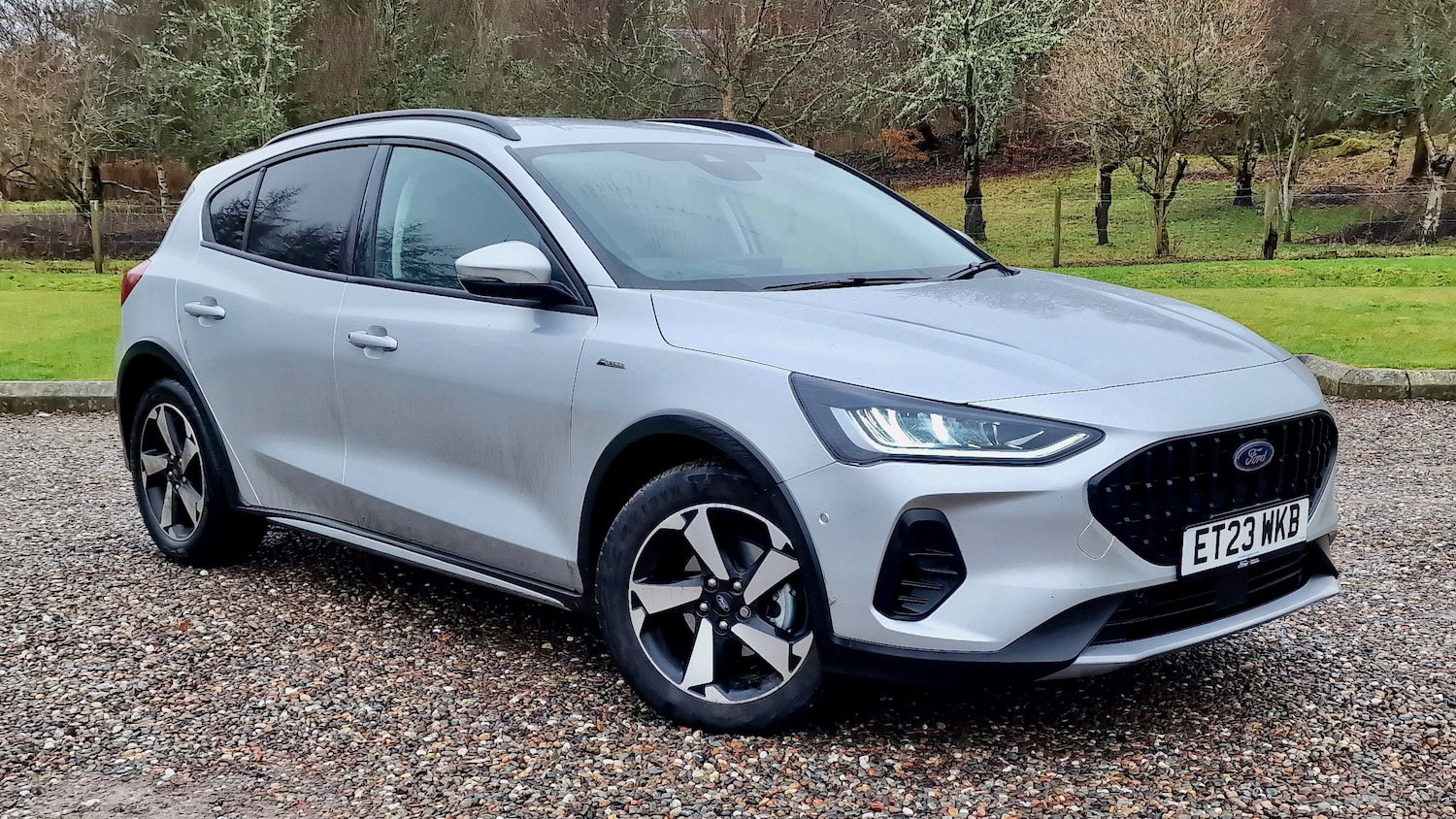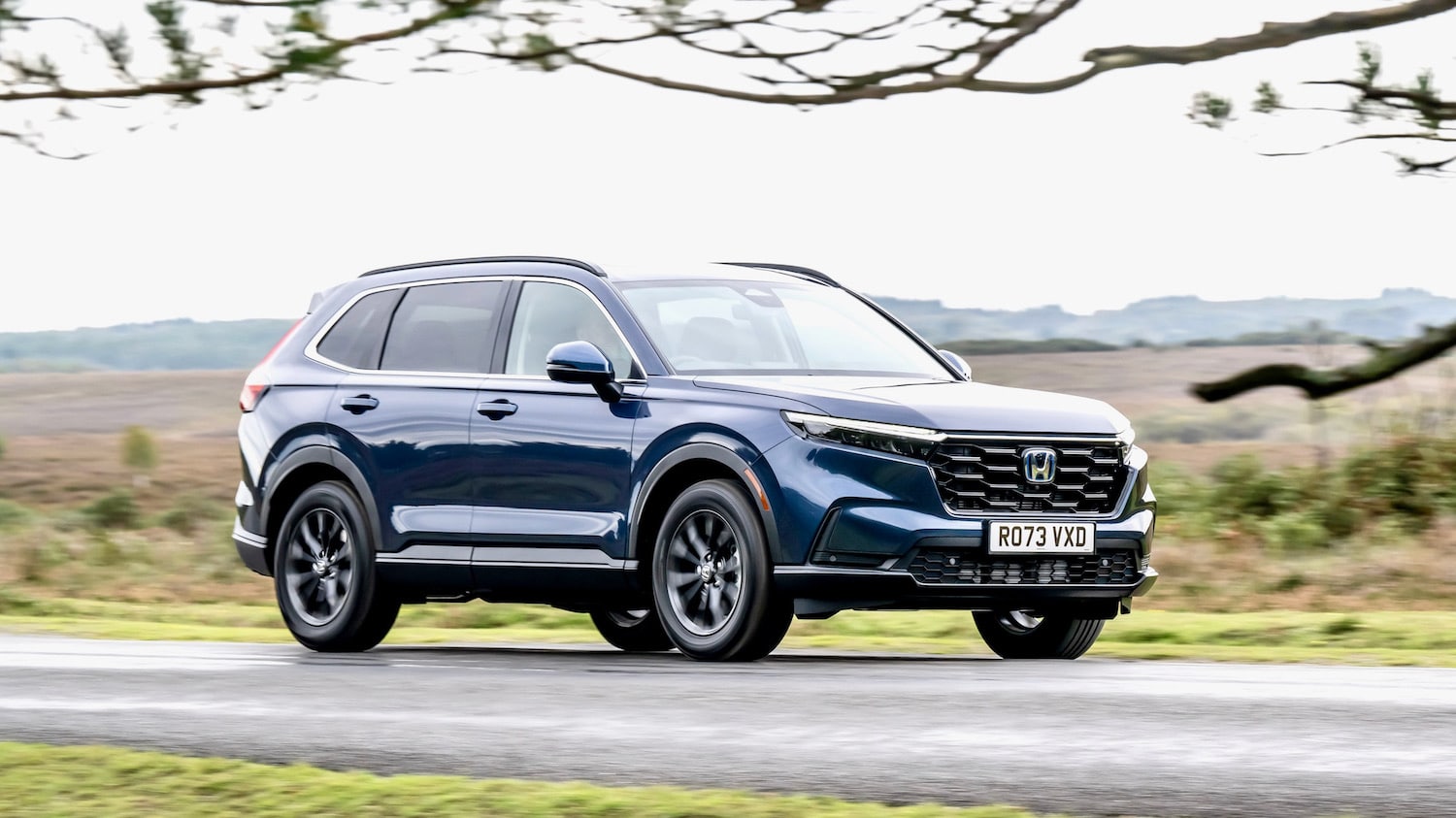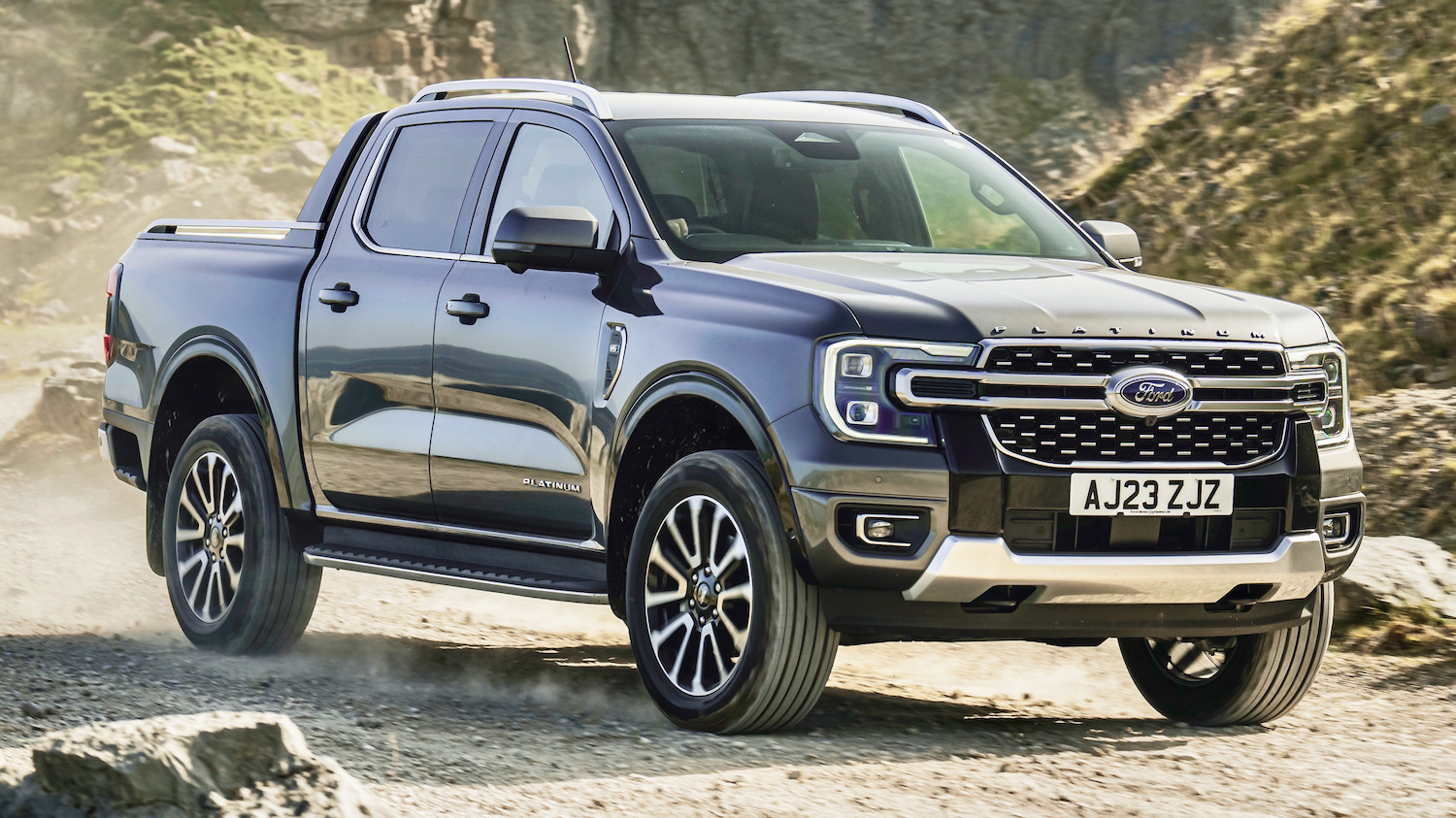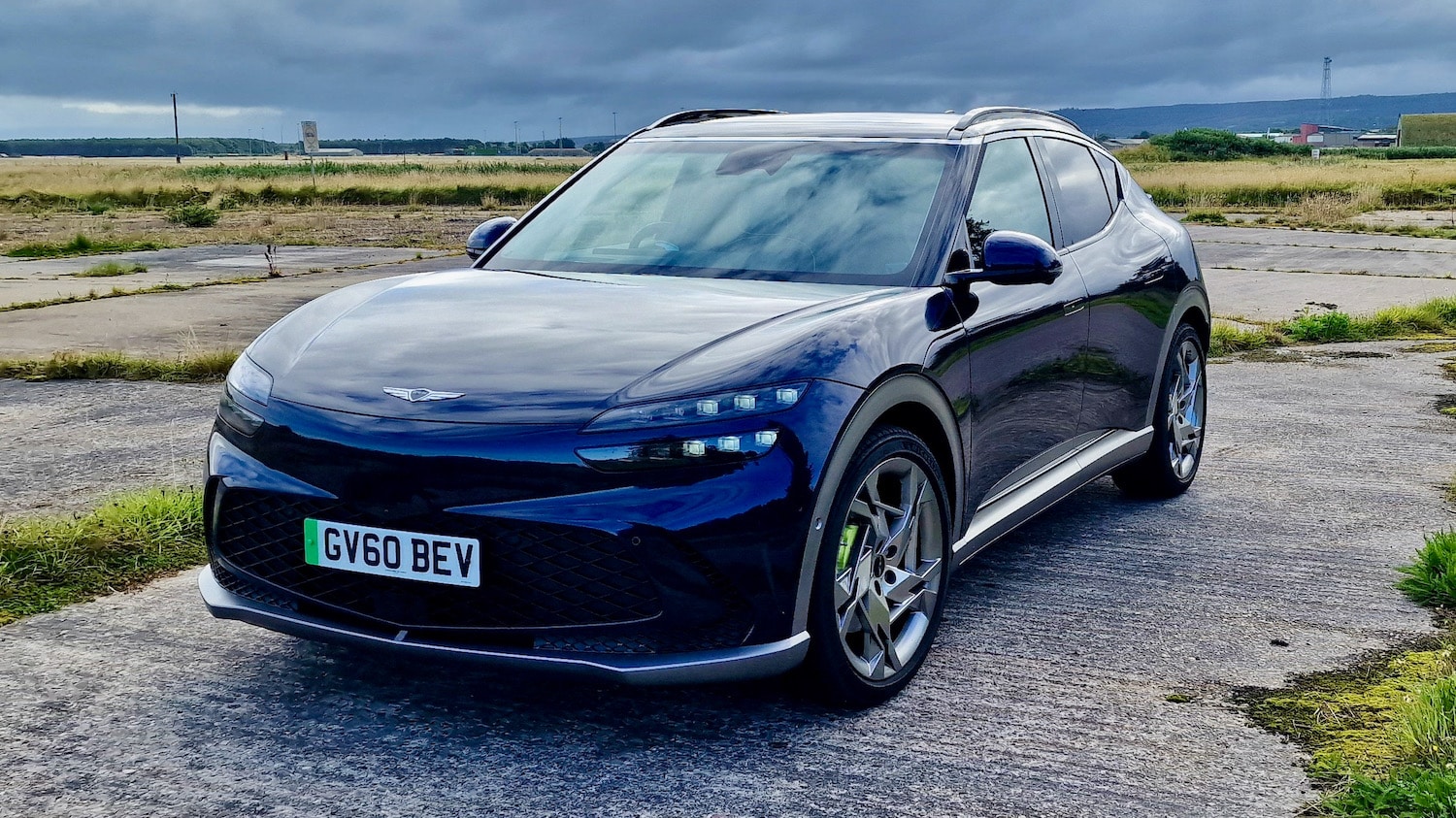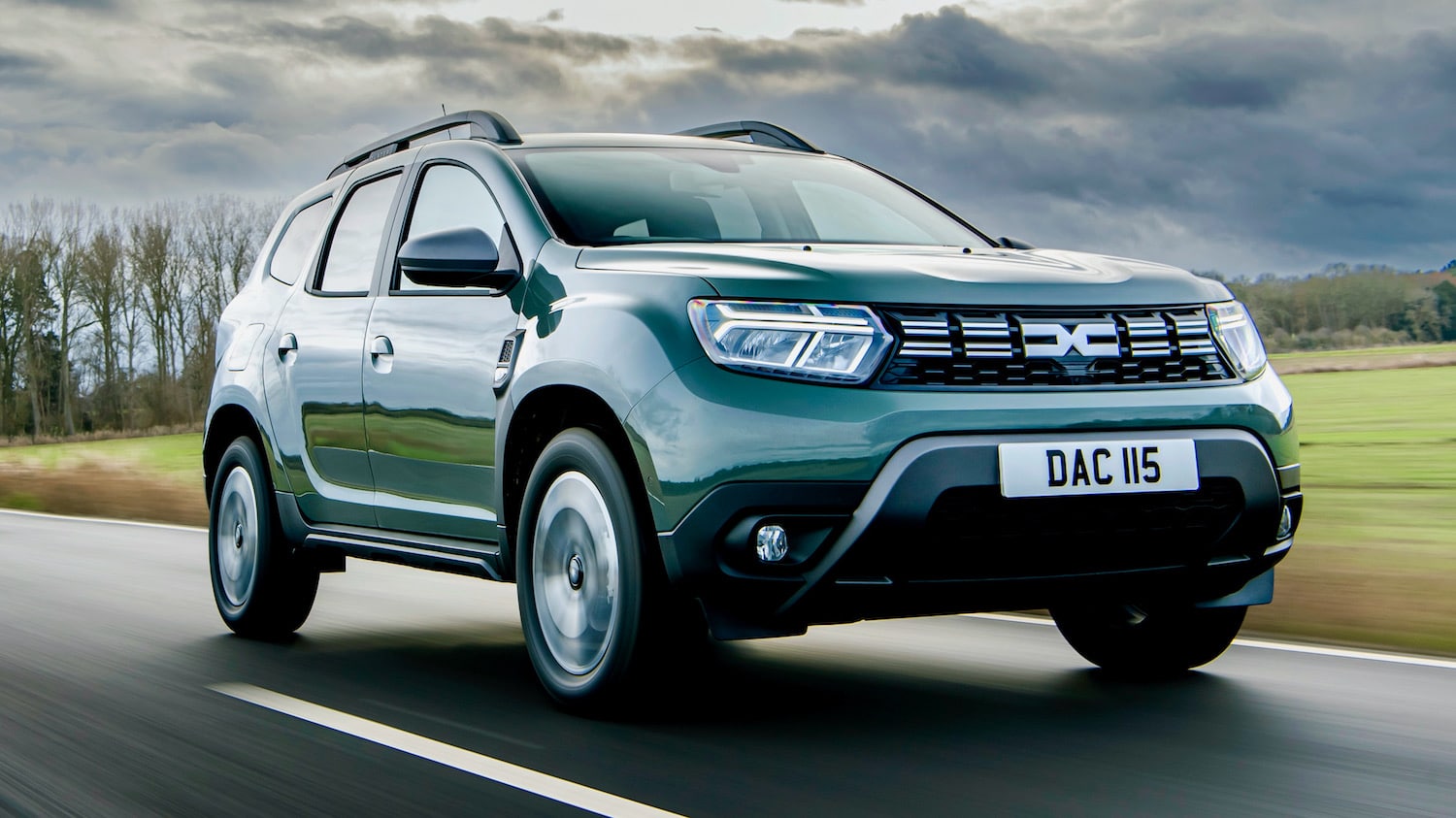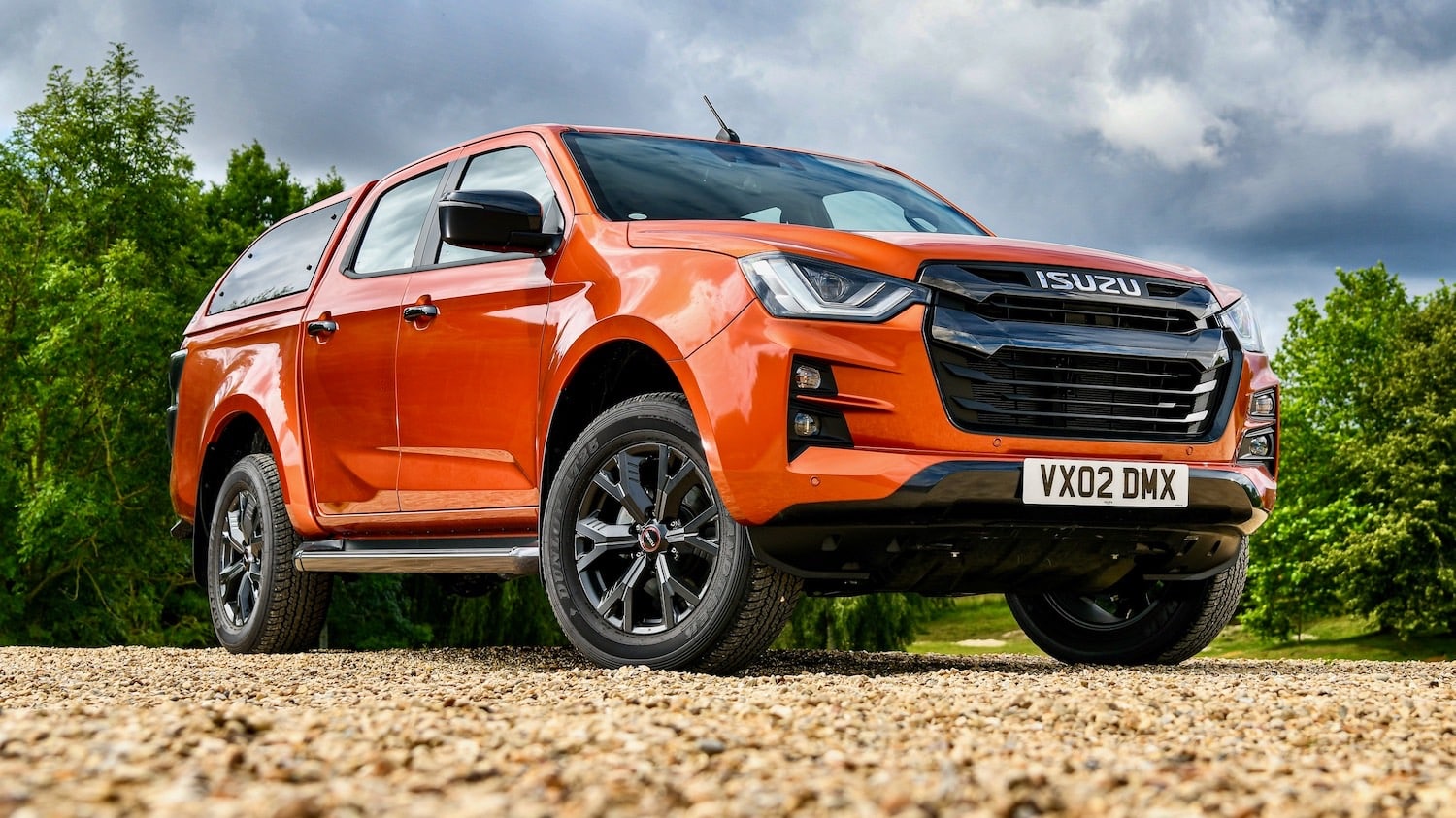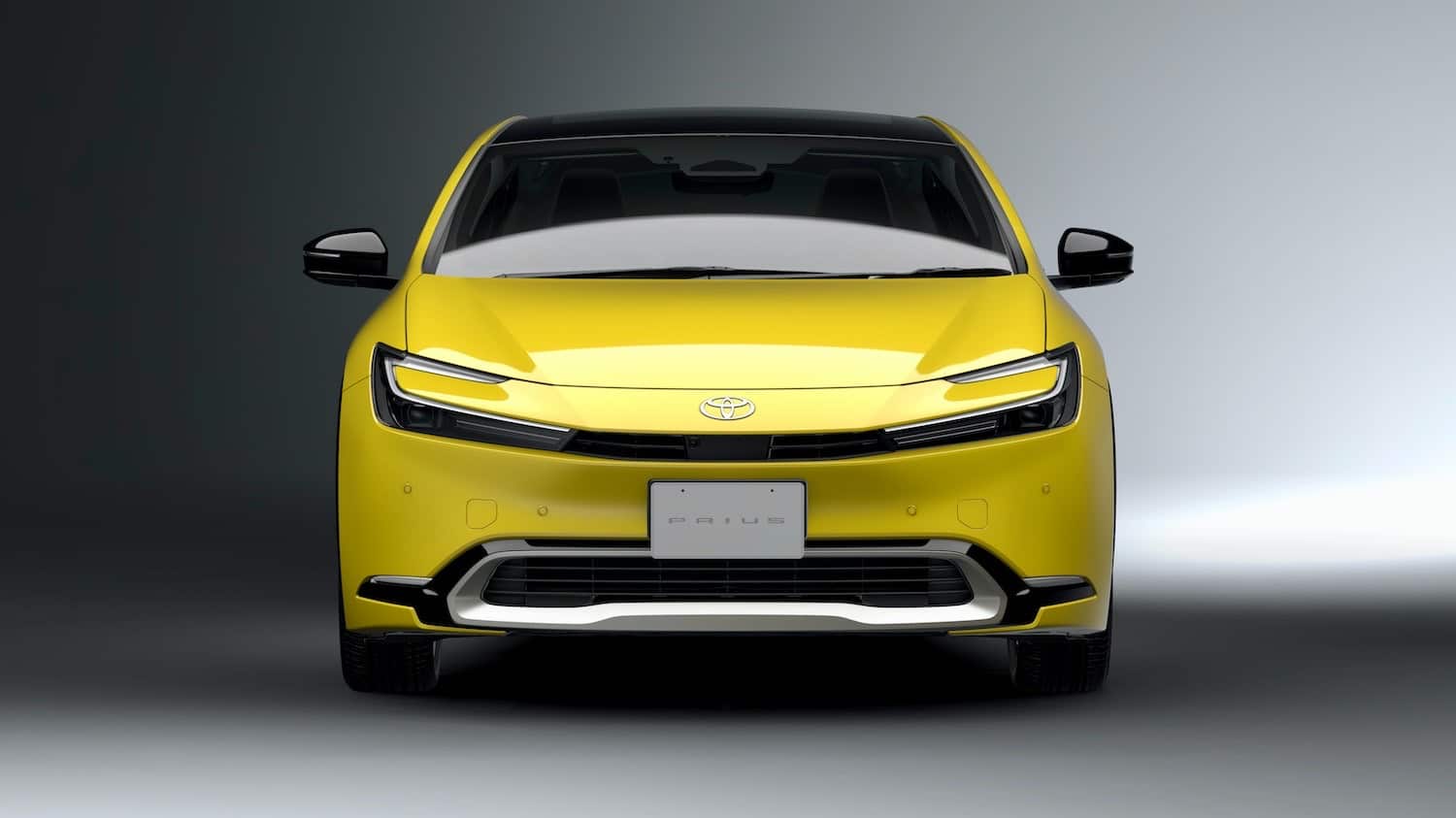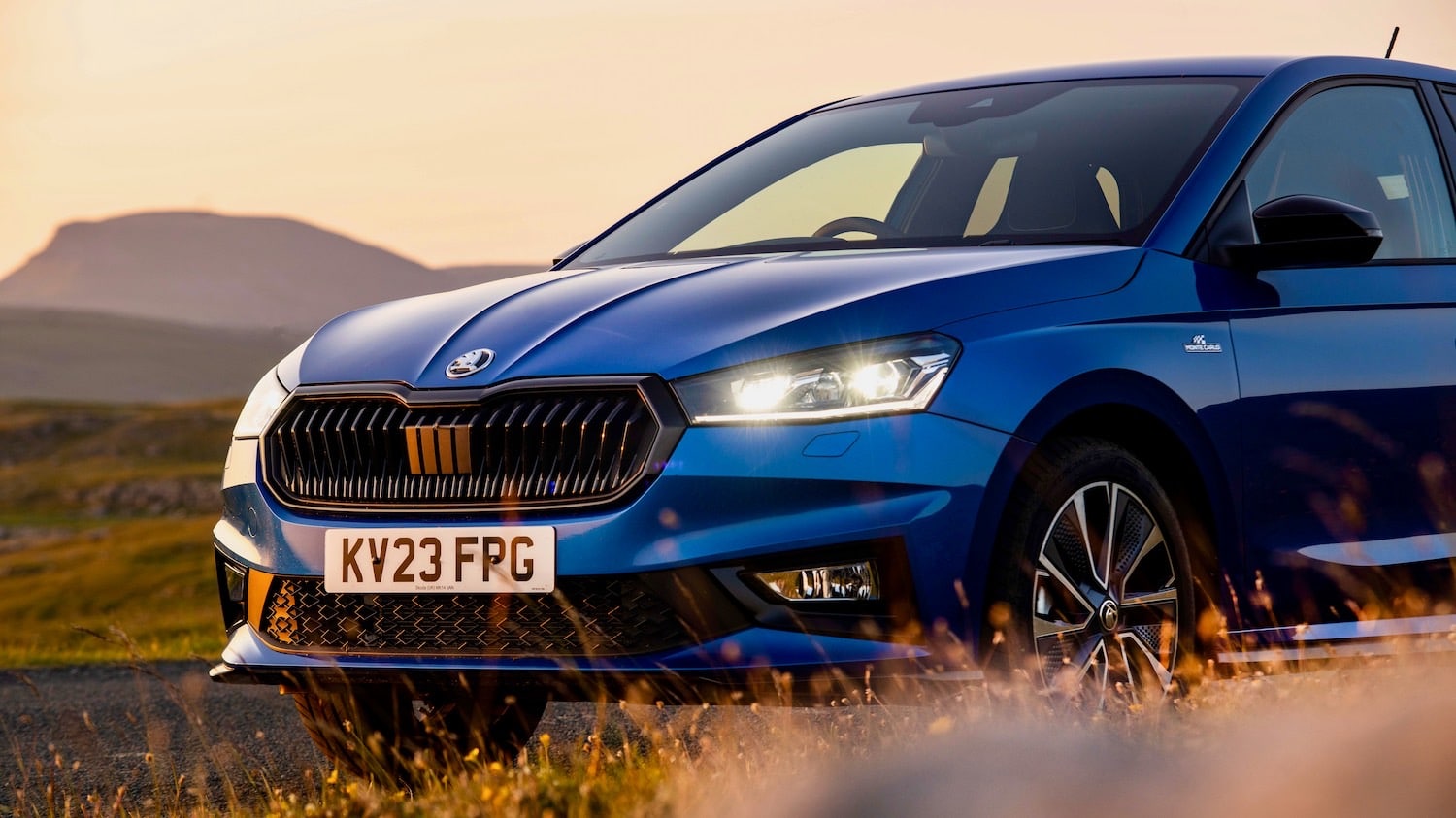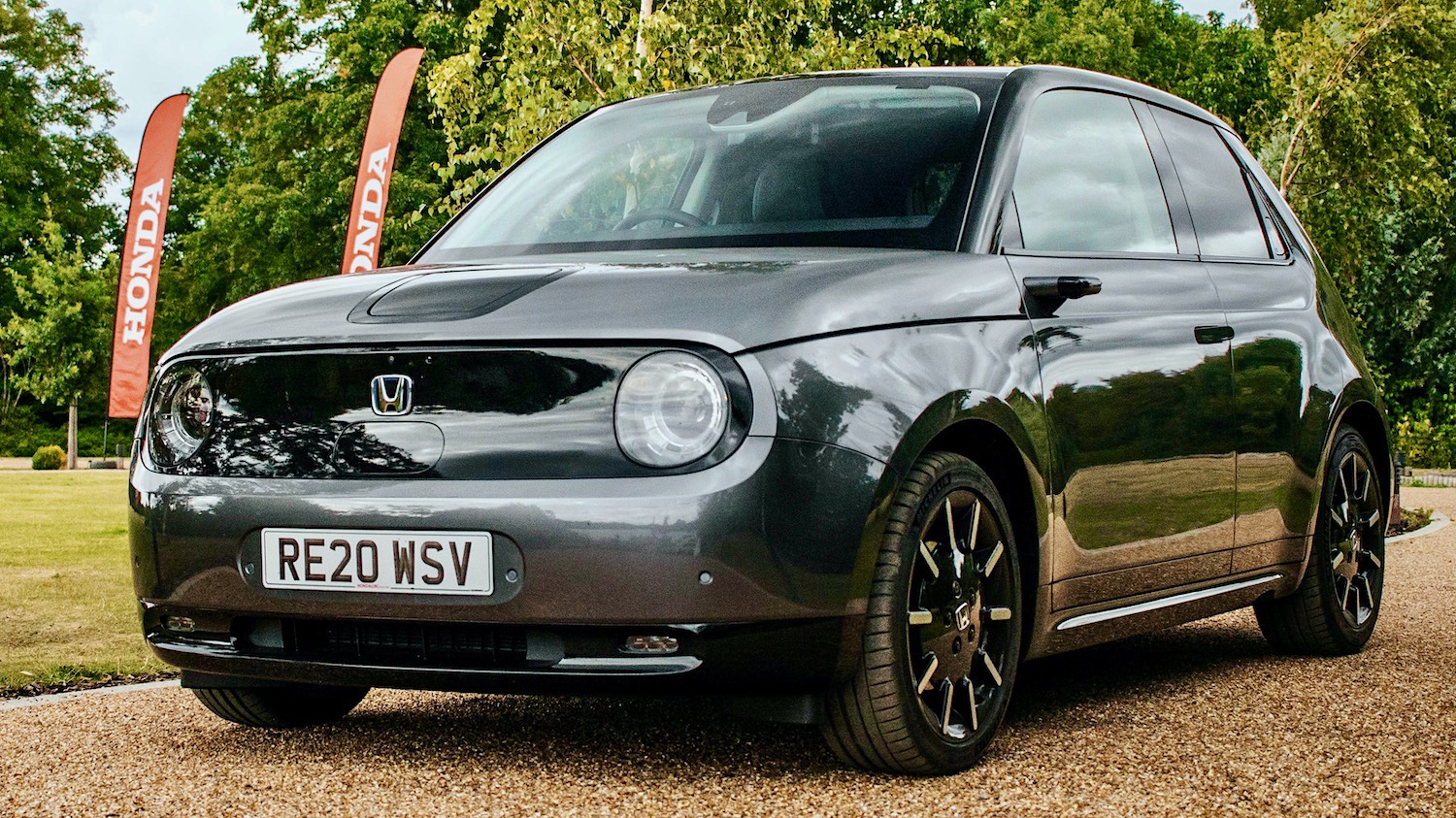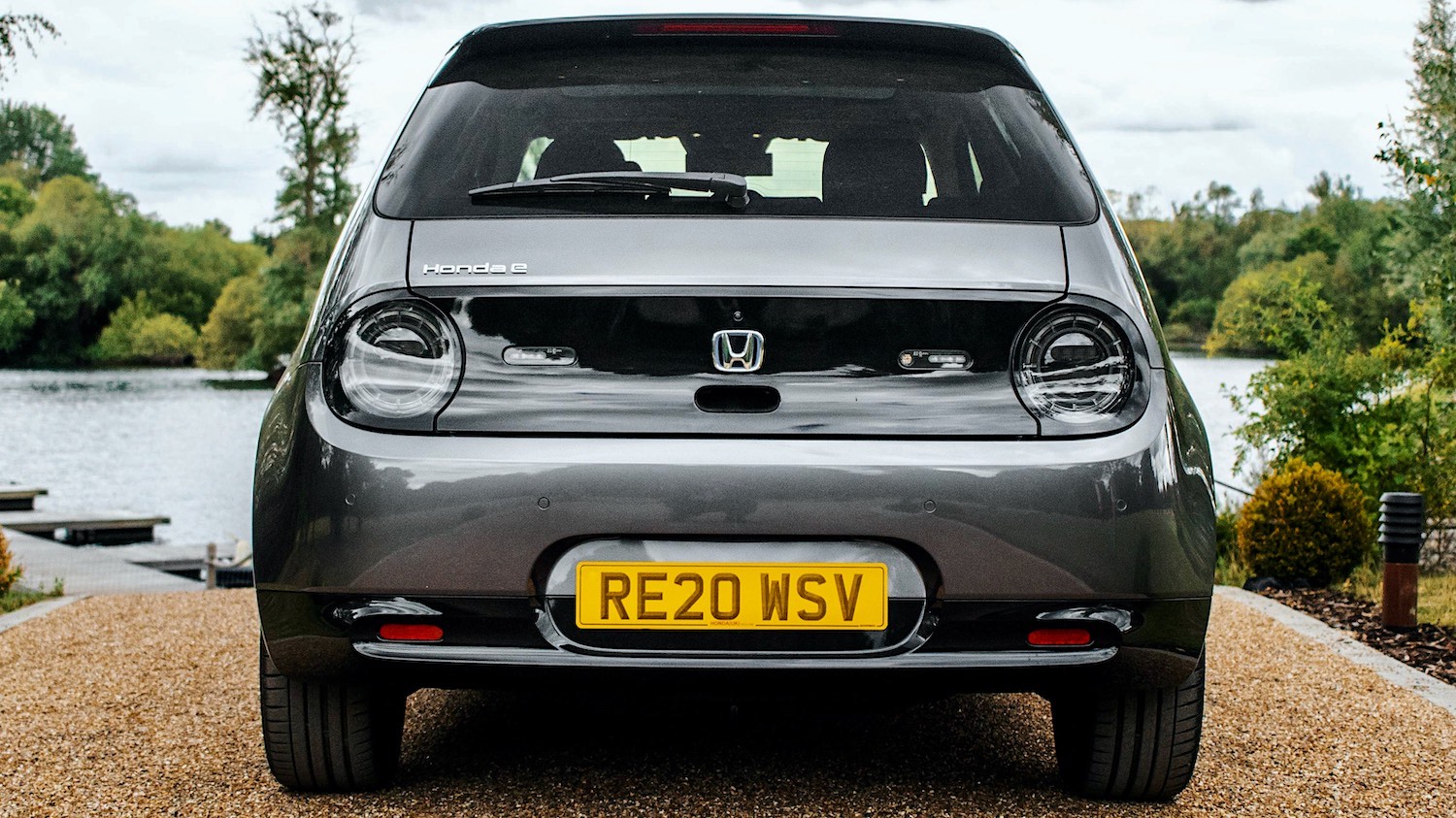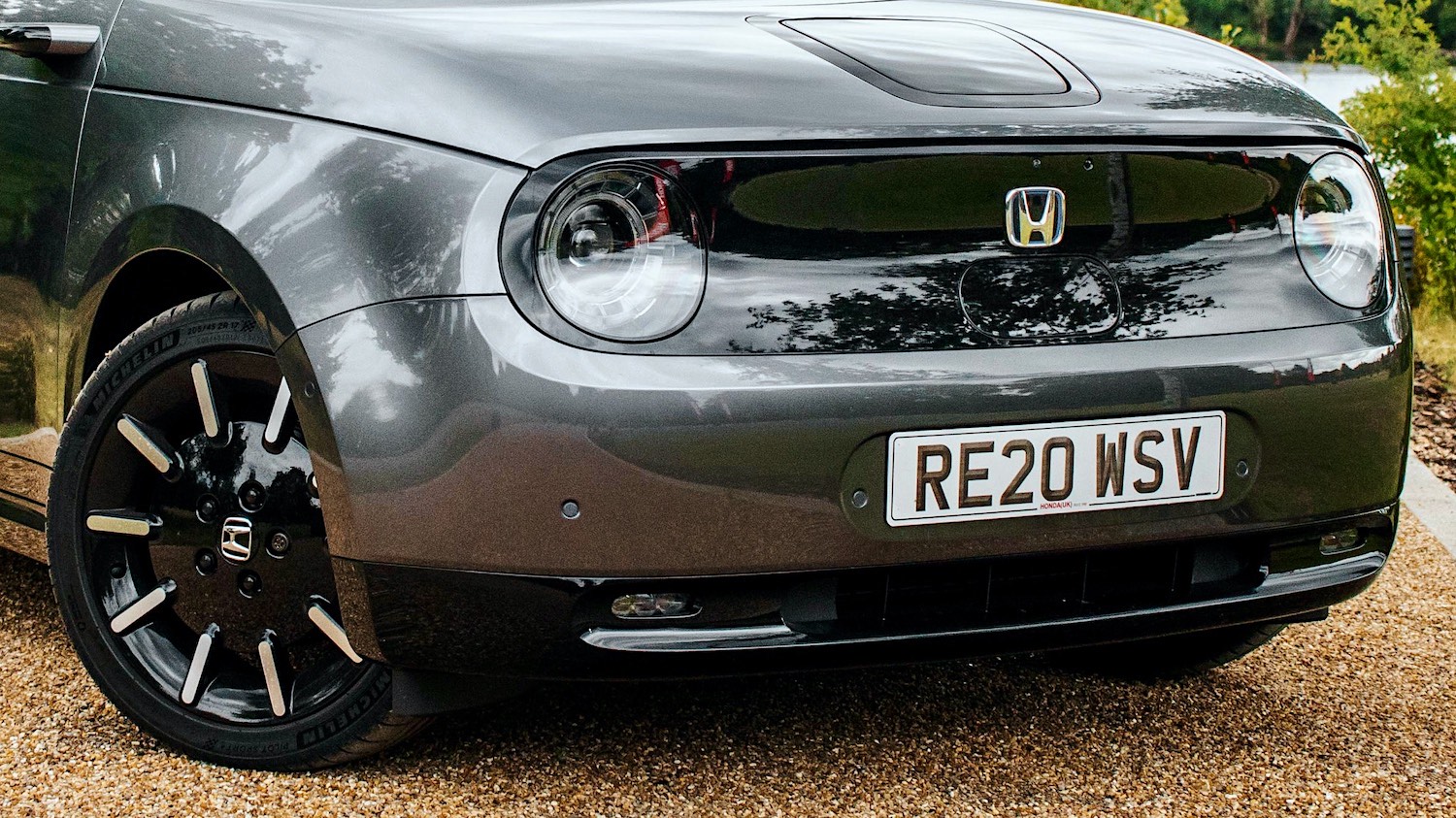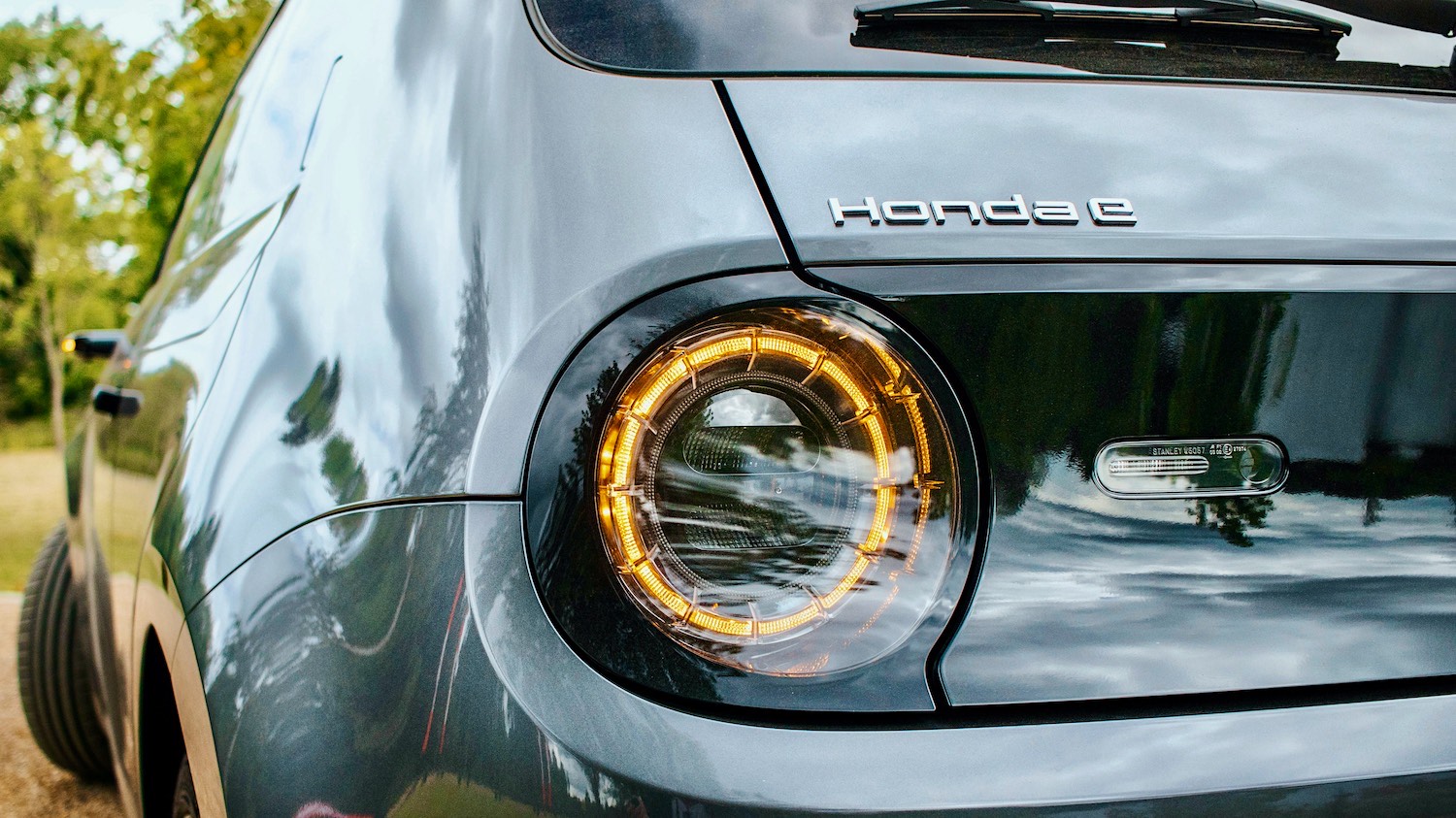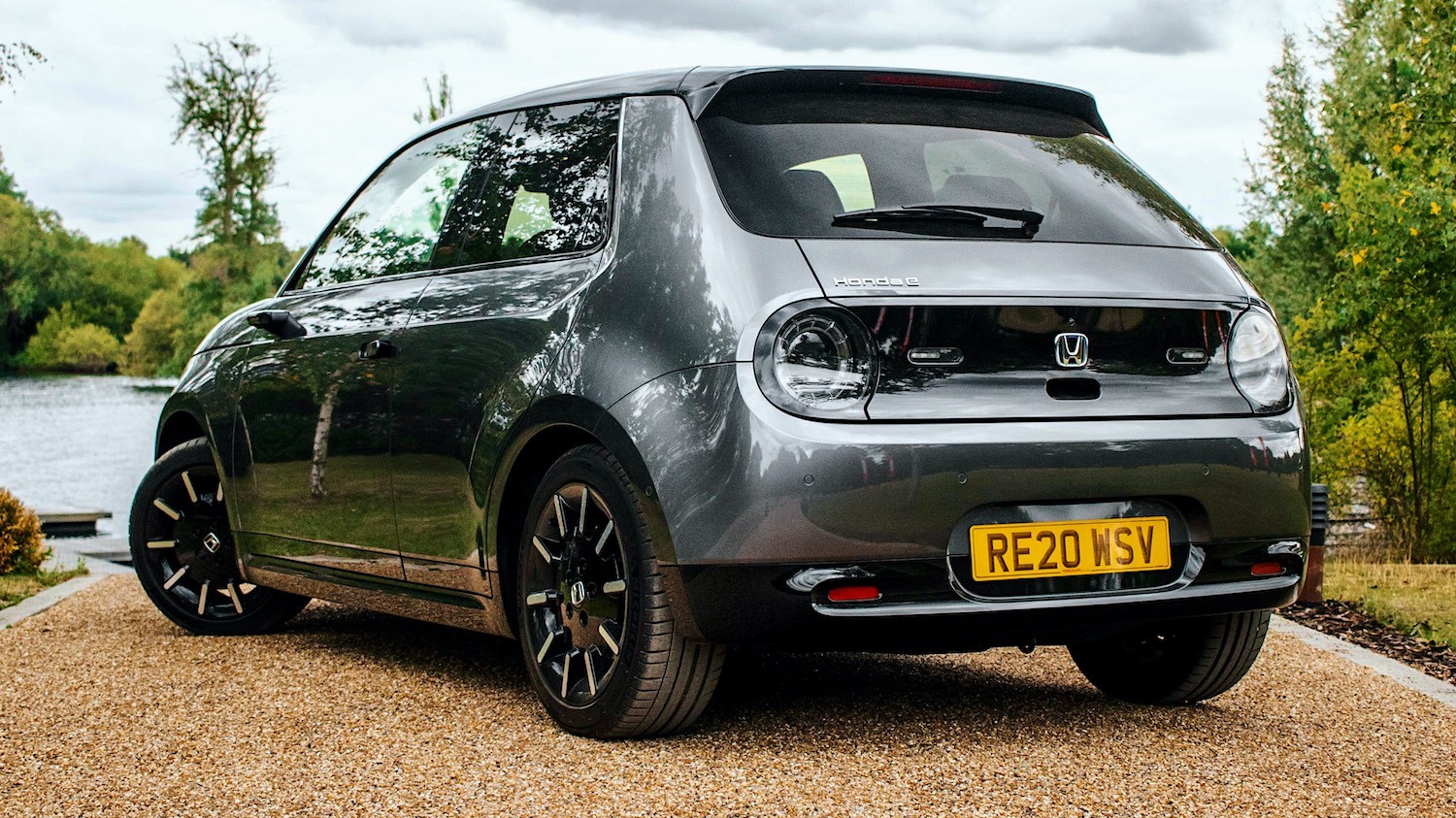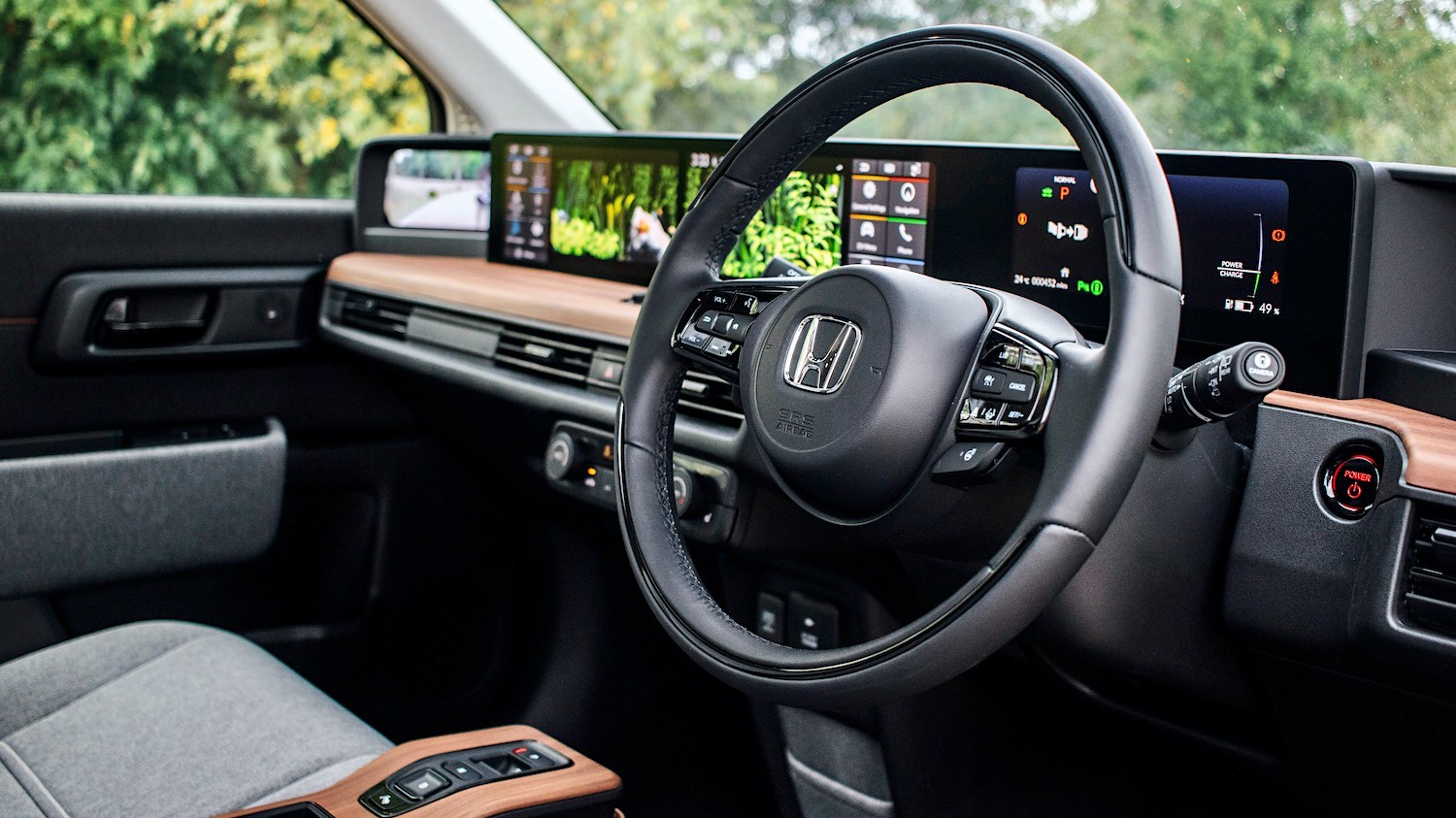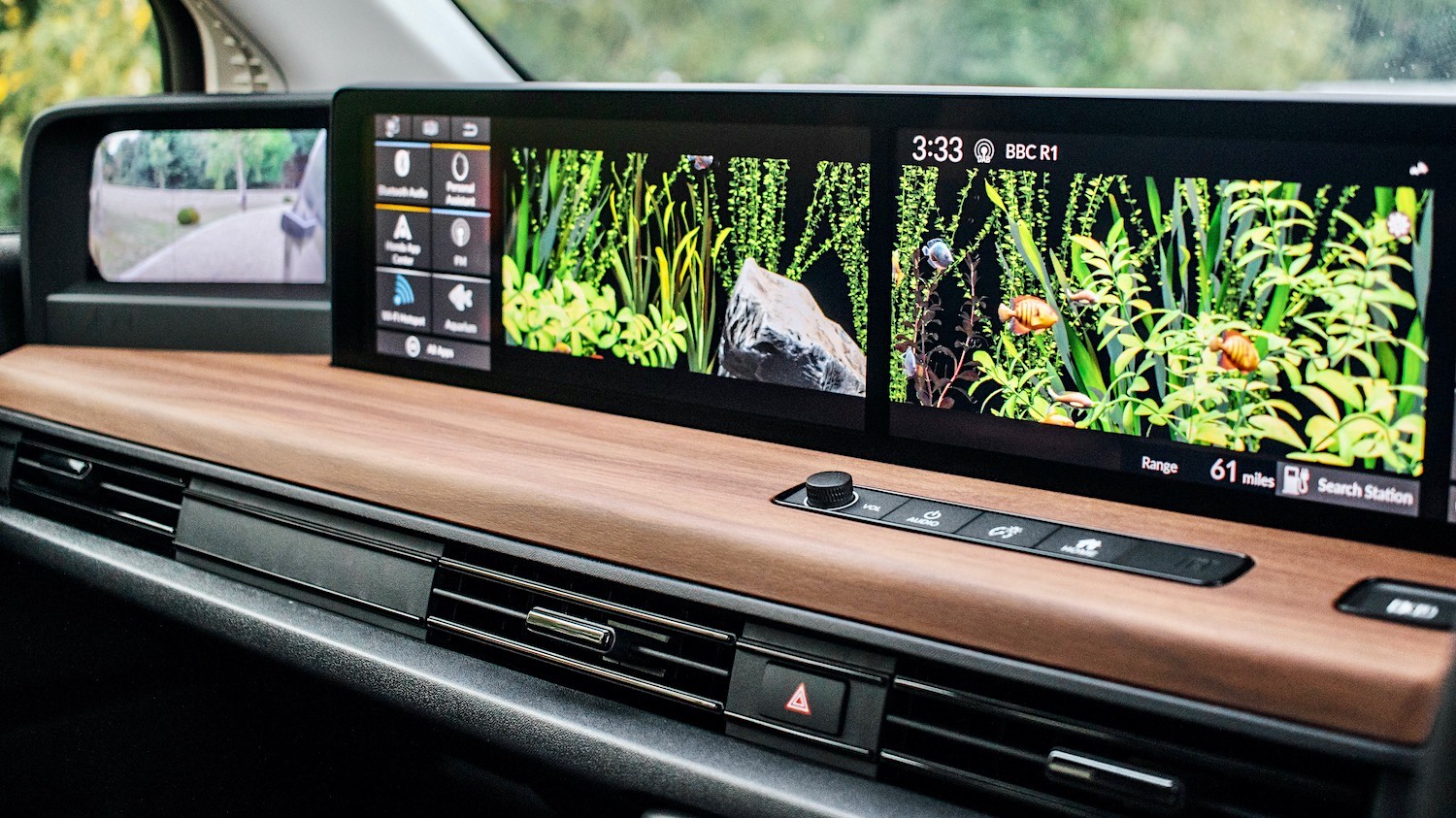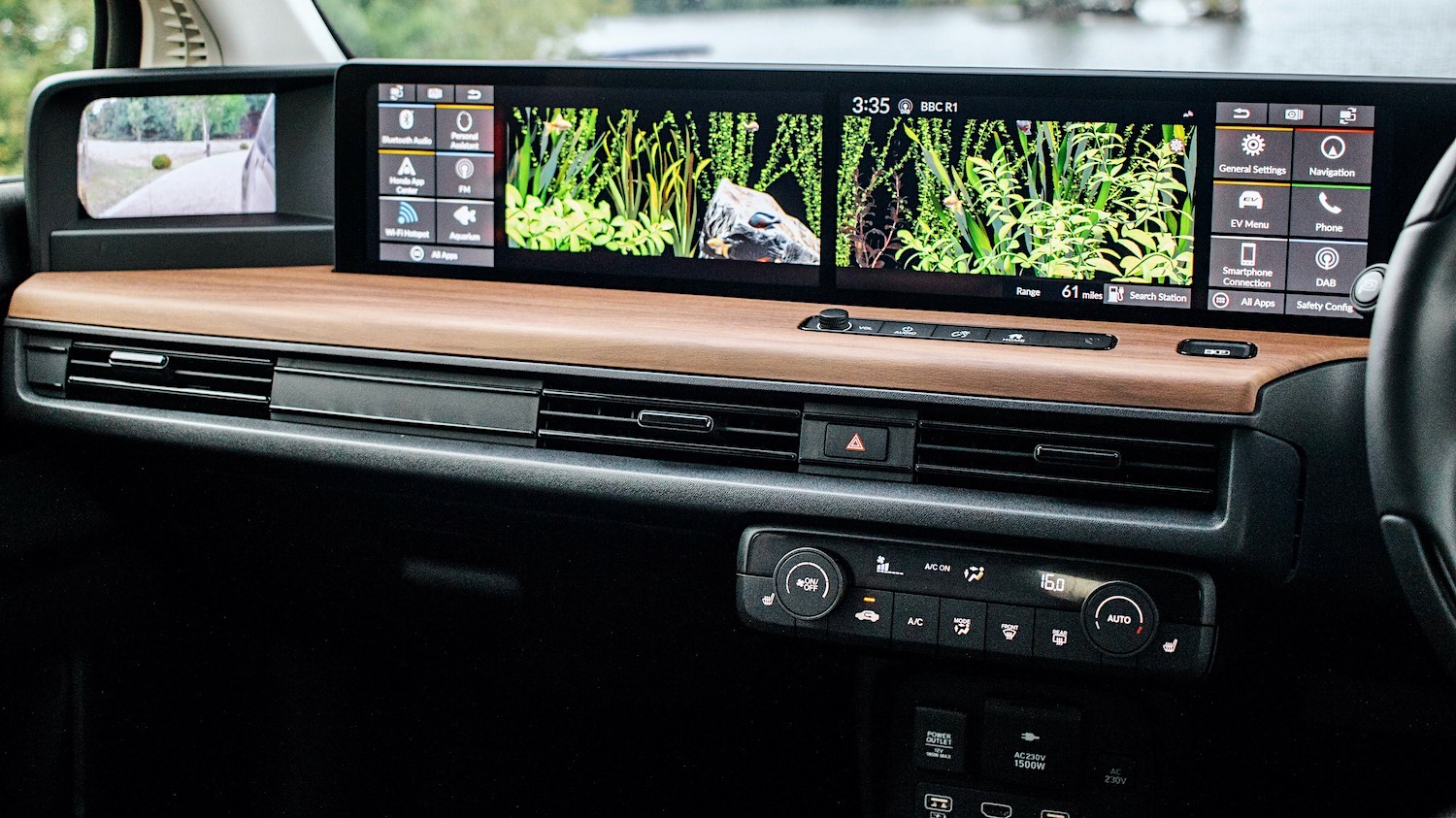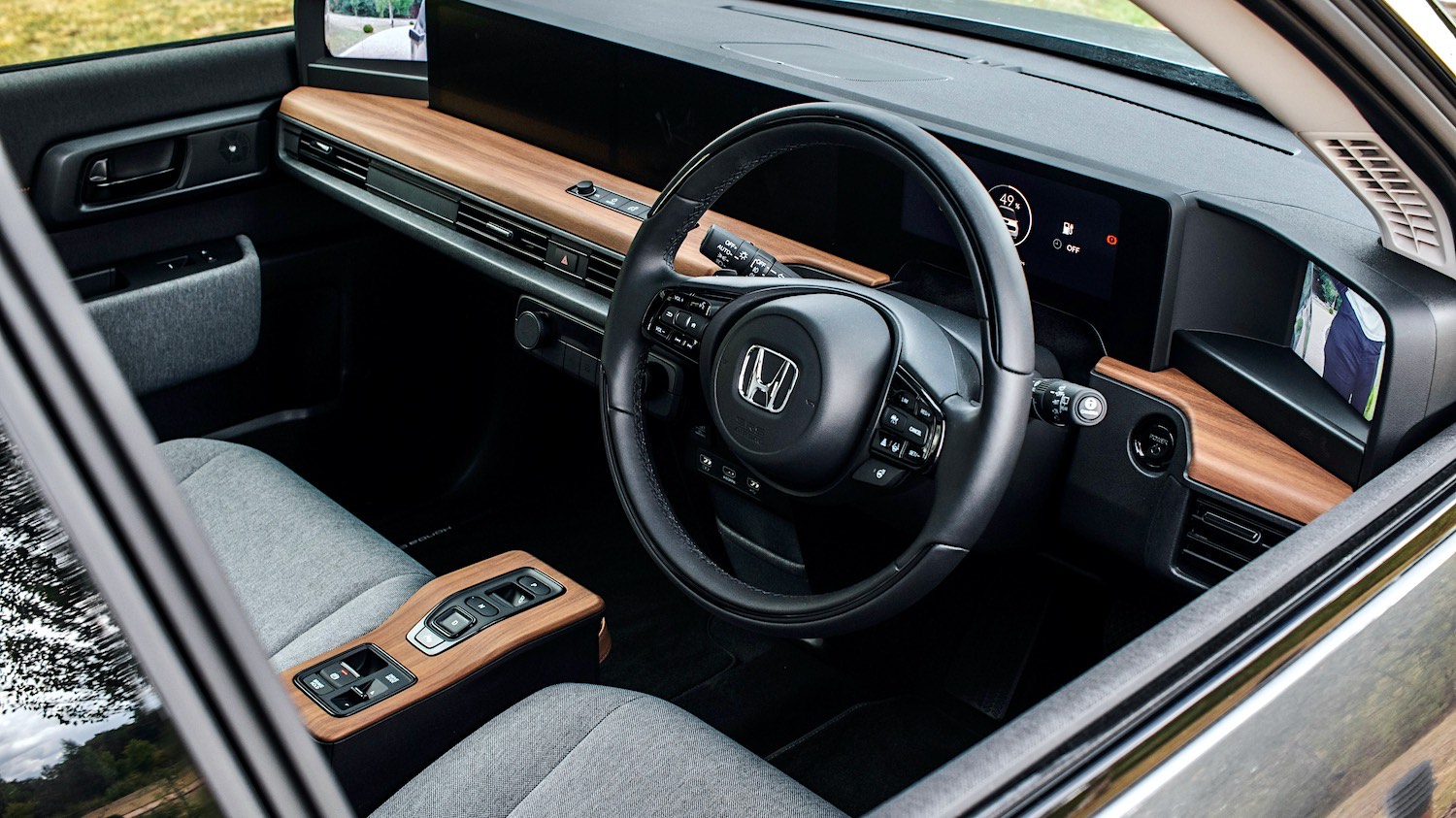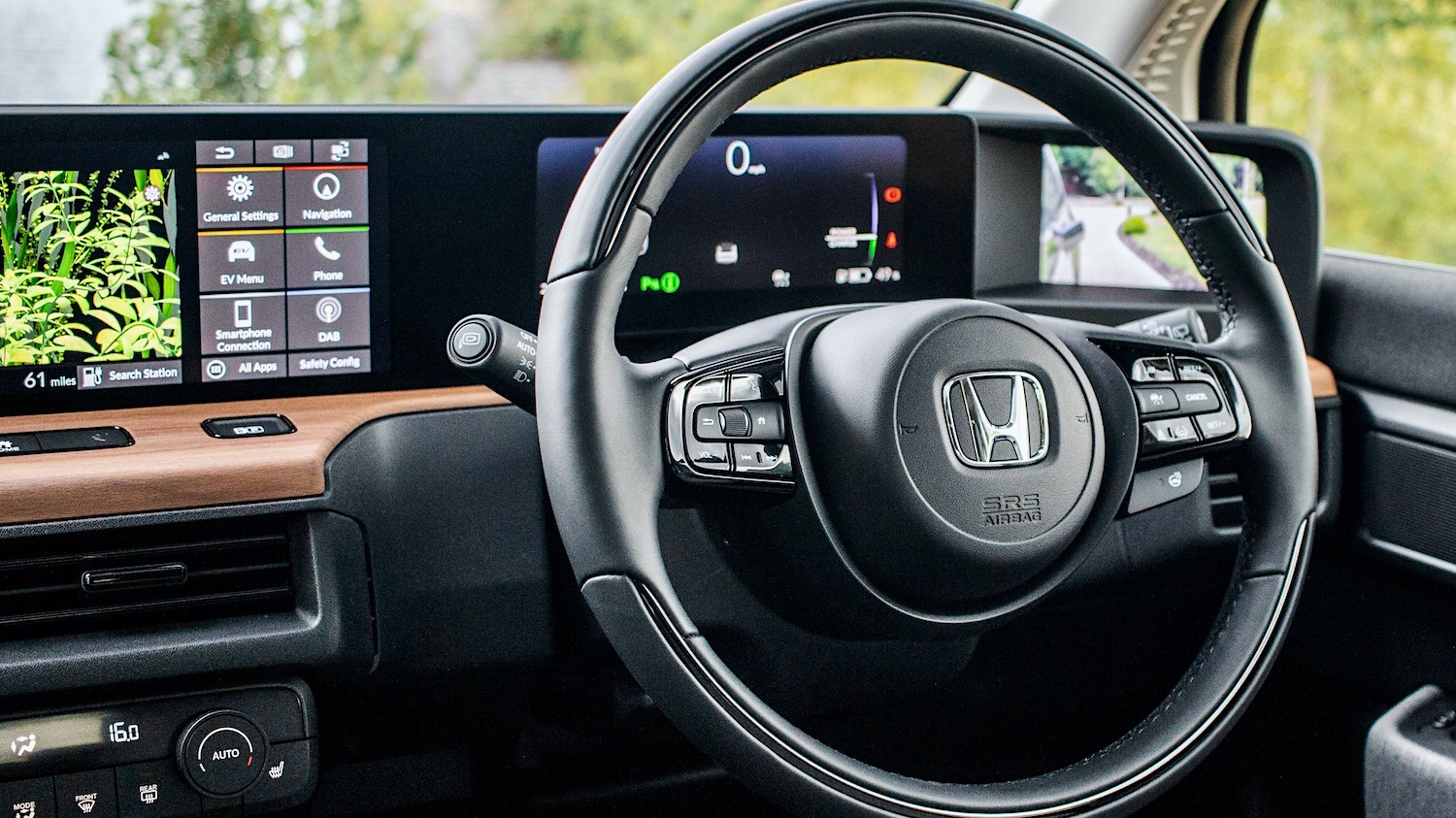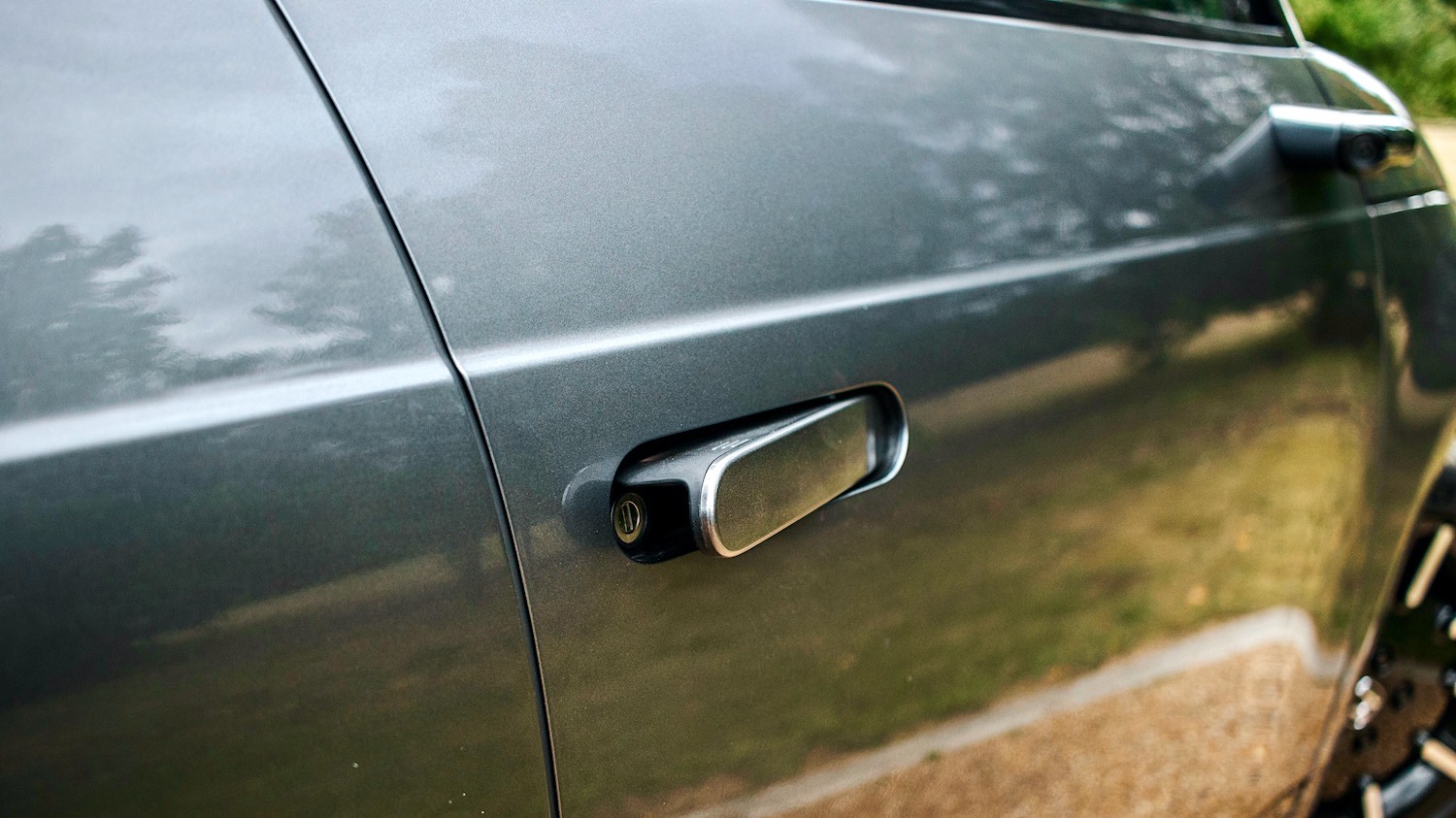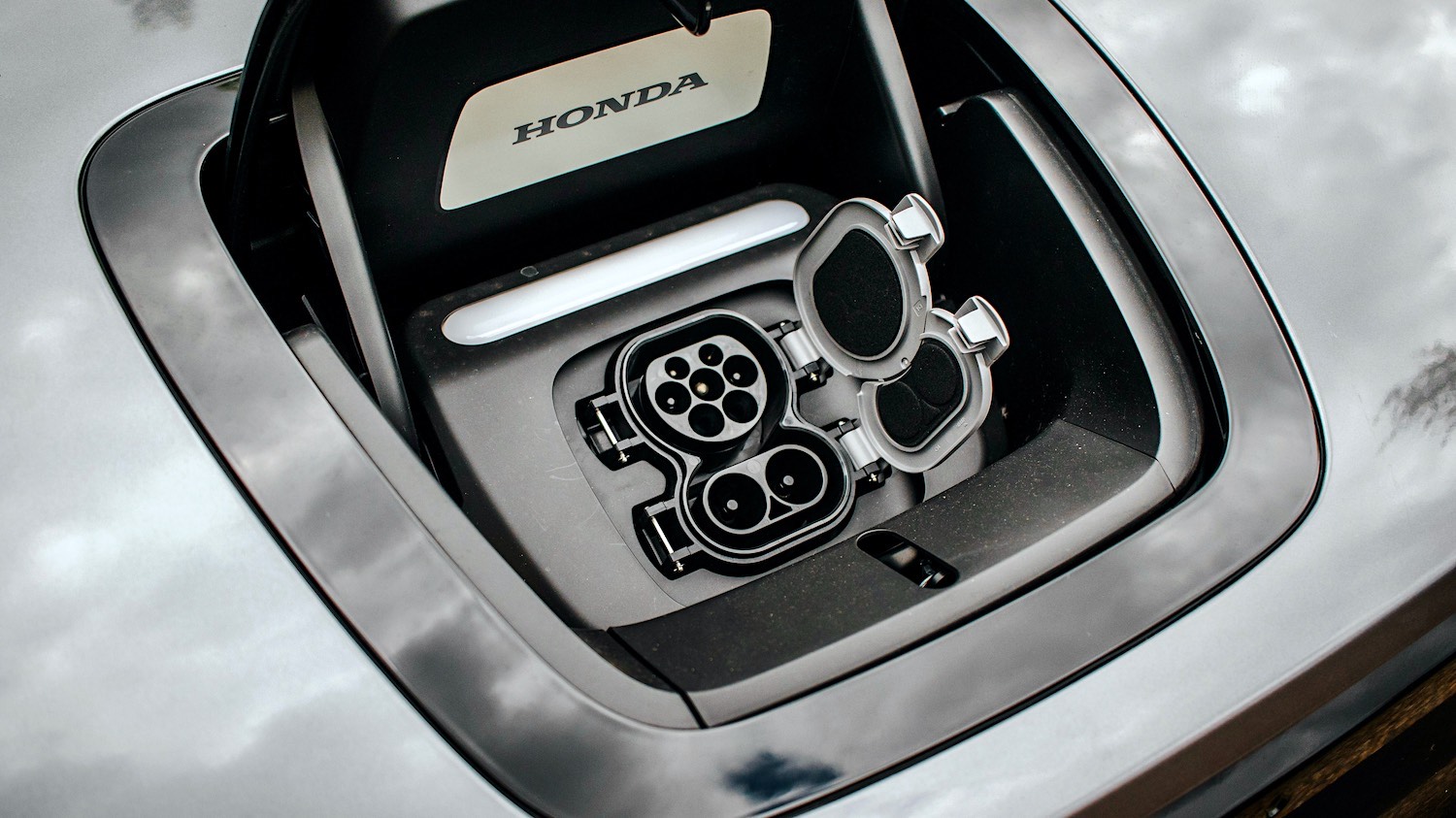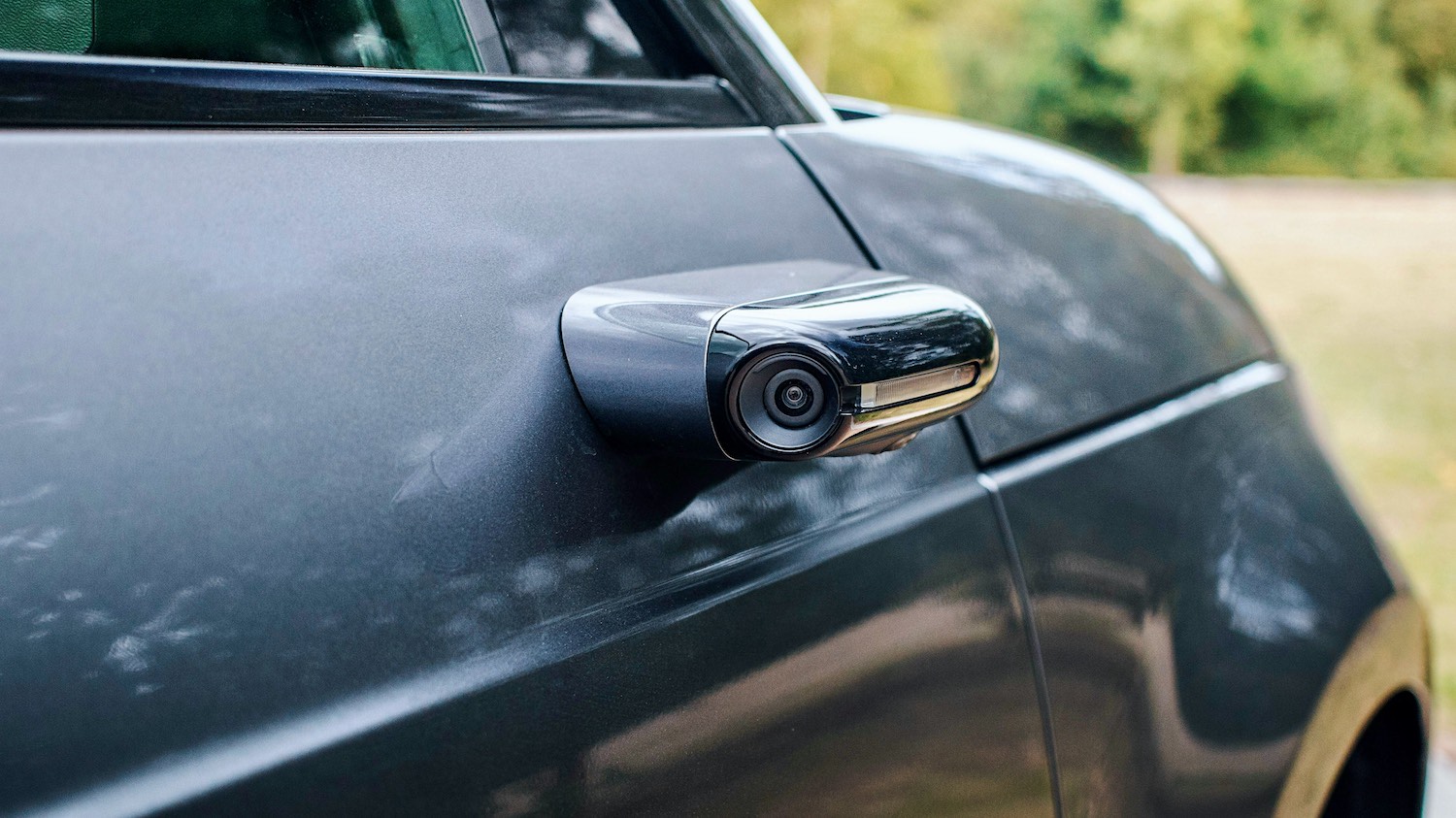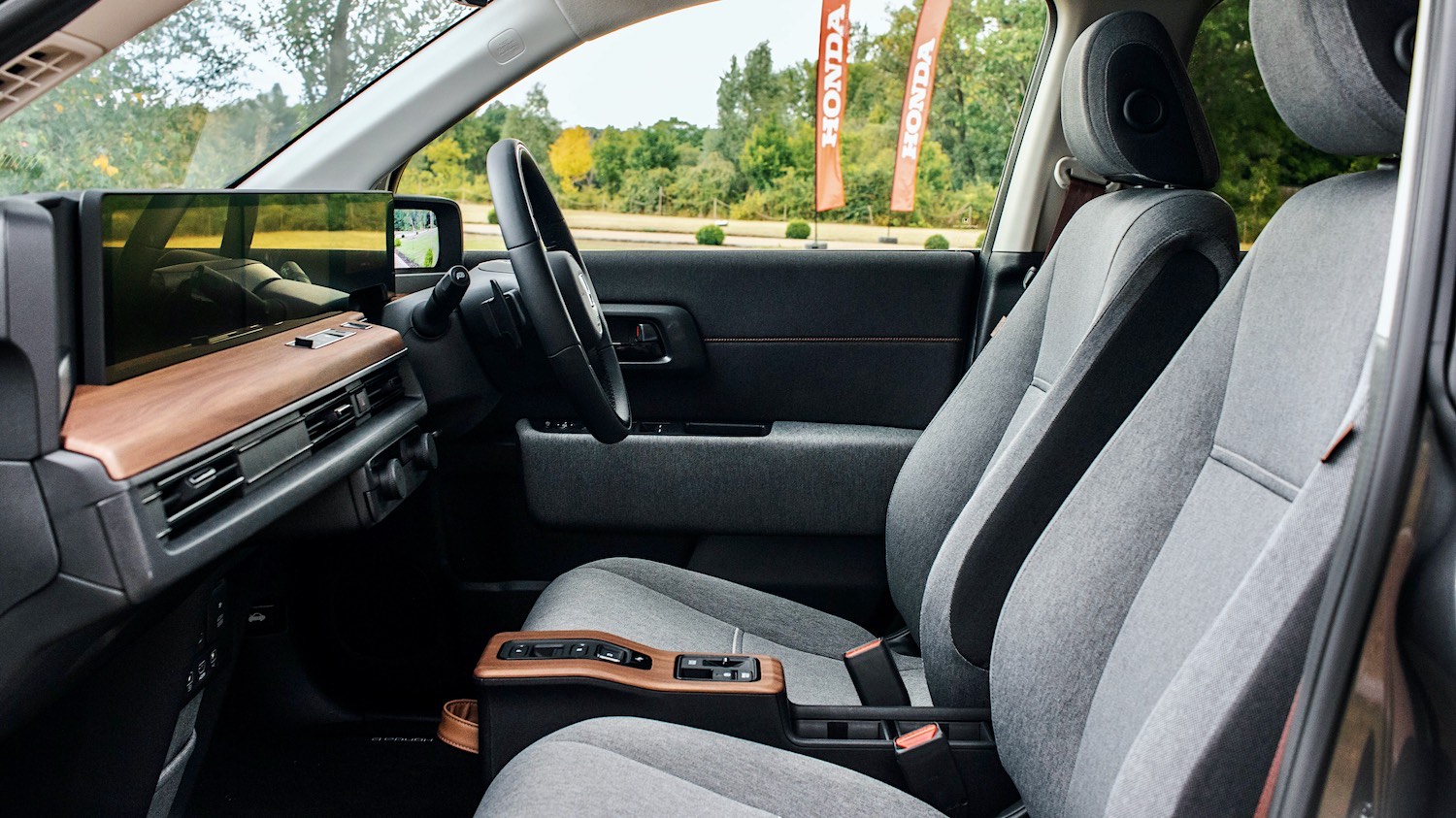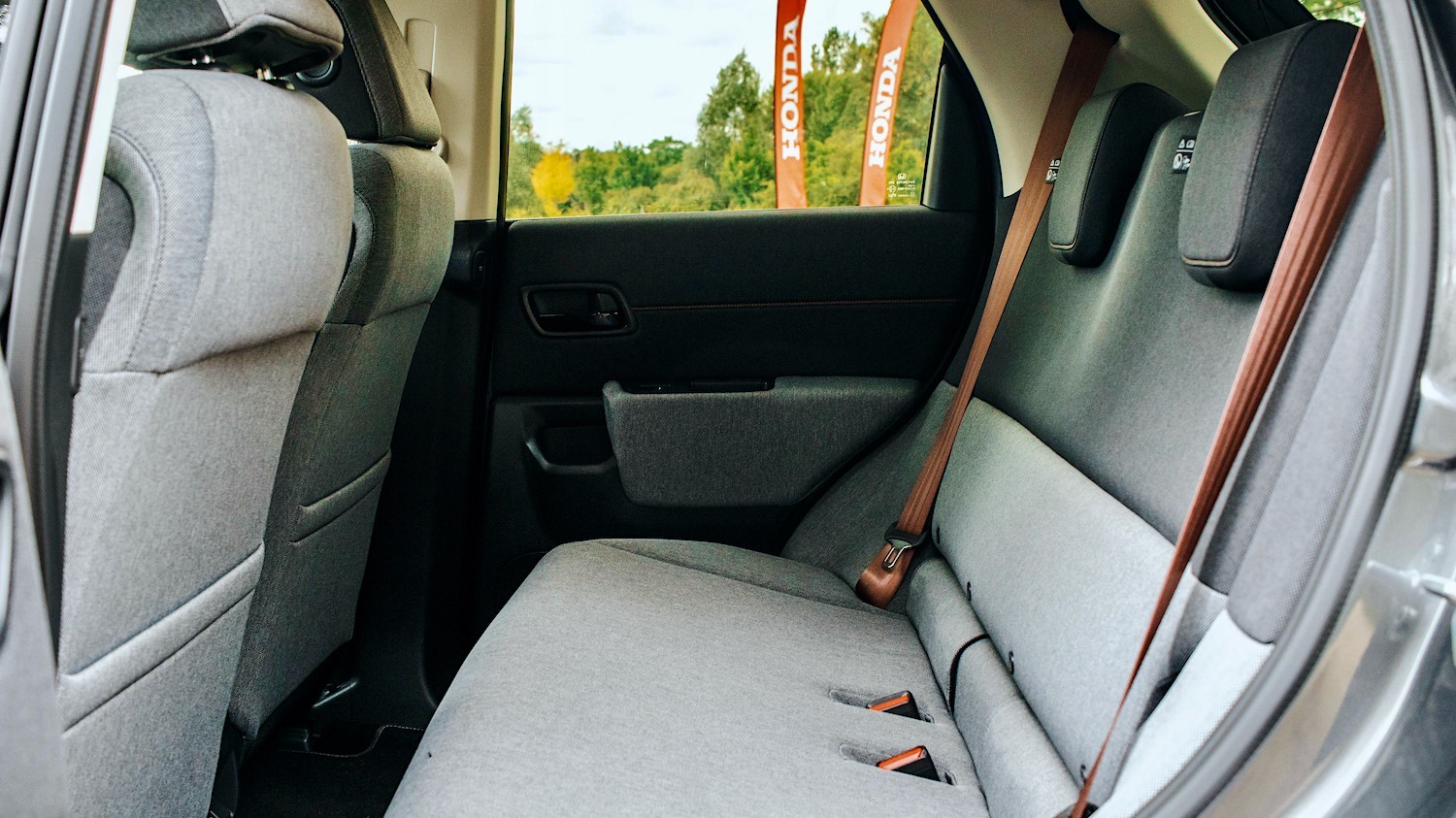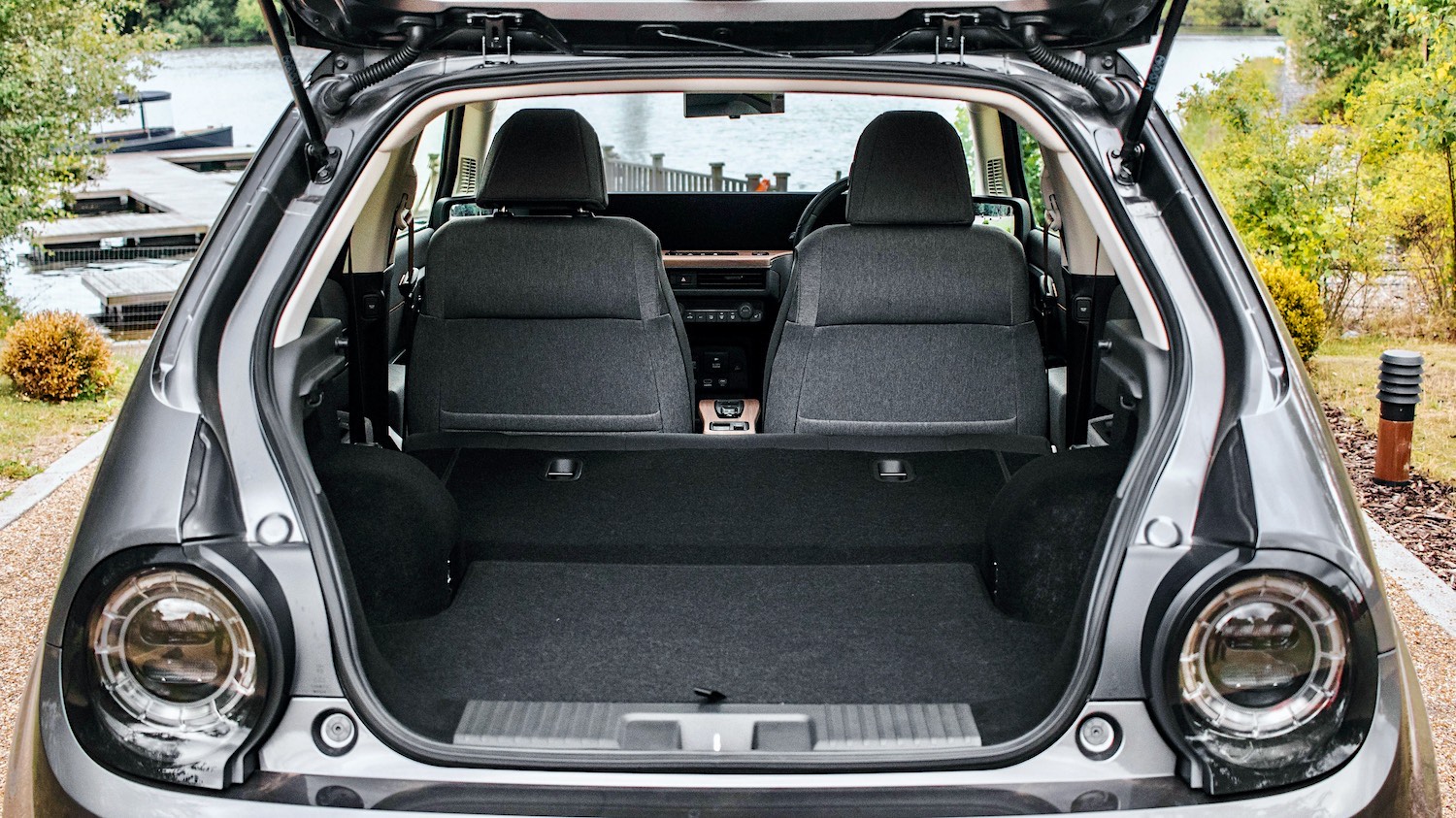Cheeky, Charming, Characterful – These are all words that could be used to perfectly describe the all-new Honda E.
With its diminutive style, cutesy styling and futuristic flair, you’d be forgiven for thinking the Honda E is a concept designed to wow people from the outside only, But you’d be wrong – very wrong indeed. You see, the Honda E is somewhat of a wolf in (a very cute) sheep’s clothing, and puts Honda in a very strong position to carve out their own niche in an increasingly competitive small EV market, as I shall now explain.
It’s cheeky charming aside, the Honda E is a very capable city car indeed. Its diminutive size makes it perfect for parking, while the front and rear wheels have been pushed as far outwards as possible, meaning the car has a much smaller turning circle than you’d expect when manoeuvring – something that has been further enhanced by the variable gear ratio active steering system, which adjusts the steering ratio depending on the situation: In town and at low speeds a low ratio is used, but at higher speeds, this is increased to offer greater comfort and confidence when changing lanes or going through sweeping bends.
The Honda E Advanced as tested here also comes with Honda’s ‘Parking Pilot’ system. When activated via the button on the centre console, Honda’s parking pilot system will notify you when it detects a suitable parking spot. Once selected, the driver can take their hands off the steering wheel and the Honda E will park itself without any steering or acceleration/braking input, but it is important to note the driver remains responsible for controlling the car in the event of an incident. Not only will the Honda E get you into the space, but if you have parallel parked in Europe, the Honda E also comes with a feature to help you get out of the space with ease.
Driving on city streets, it is clear to see that this is where Honda has envisioned their latest product spending a majority of its time – the electric motors are even specifically geared for getting up to speed quickly from a standing start and dealing with stop-go traffic (so basically, it’s the perfect car for a spot of Traffic Light GP) while the VGR steering system is impressively light and easy to use without feeling floaty or vague.
Visibility is fantastic thanks to the Honda E having a good, deep ‘glasshouse’ cockpit, along with a plethora of sensors front and back in addition to the numerous safety features on offer, such as low-speed collision mitigation systems and lane-keeping assistance. The traditional side mirrors have been replaced by cameras on the Honda E, and although they may seem alien at first, you quickly adapt to looking at the crystal-clear screens on the B pillars which offer you a greater field of view than traditional car mirrors for added safety.
So while the Honda E is fantastic to drive around town, is the cabin a nice place to spend hours sat in whilst stuck in traffic? Well, it seems Honda hit the nail on the head here too.
The interior is a fantastic retro-futuristic styling blend that perfectly compliments the exterior charm of the Honda E. Lounge-inspired materials including light grey seats and wooden detailing sit in strangely well-balanced harmony with the multitude of bright digital displays and screens that populate the dashboard. While the interior does seem to resemble the appearance of a trendy teenagers rucksack, it does suit the ‘hip’ styling of the Honda E well and provides a very comfortable environment to soak up the rush-hour traffic.
In the advanced model tested, the interior also benefits from an upgraded sound system, heated seats and a rearview mirror that can function as both a traditional mirror or a digital camera screen depending on your preference.
The seats may not look it at first, but they are incredibly comfortable, heated, and offer a surprising amount of support should you get a chance to throw the E around, while the lack of a transmission tunnel has given the E a flat floor throughout – a small few inches of added usable space, but it gives the front of the cabin an impressively open and spacious feel. Even more surprising is the amount of space in the rear of the car given its diminutive size, though the designers have clearly prioritised rear seat space over luggage capacity; With the rear seats up the boot will barely hold a weekly shop for two, but with them folded down the E will happily carry small items of flat-pack furniture.
But what if you take the Honda E out of the city? Well, it transforms from a nippy little city runabout into a surprisingly fun and capable ‘warm’ hatch.
Push the range concerns to the back of your mind for a moment; Switch to ‘sport’ mode and hold on. Instantaneous torque from the electric motors make this a sprightly little number on a twisting back road, which coupled with the purpose-built RWD platform make the Honda E a joy to drive on short B-road blasts between cities.
Of course, there is the range issue to consider when you’re going out of the city. With a quoted range of around 125-136 miles, the E won’t be your perfect inter-city mile muncher. Instead, it’s perfect for short journeys to-and-from your local market town, or short jaunts to beauty spots for a days excursion.
Should you need to charge en-route when undertaking a big journey, this too can be a pleasantly speedy affair should you find the right infrastructure. The choice of placing the charging port on the hood and making a decorative effect out of it is also welcome, as it makes parking at chargers a far easier affair than it is with cars that have side-mounted charging ports.
Hooked up to a 100kw rapid charger, the Honda E’s 35.5 kW/h battery will reach 80% battery in 30 minutes – perfect for a quick coffee break without being lengthy enough to be intrusive. Of course, the easy option is to simply charge the E at home so long as you are able to, either via a simple mains plug overnight or via a 7kw wall box, which brings the charging time down to around 5 hours for 100% charge.
So the Honda E is expensive and has a far lower range than an equivalent ICE car of the same price and class; Why bother?
Personally, the Honda E is the car that’s shifted my view of EVs. Whereas previously I thought the realm of the cheeky, spirited hatchback would be condemned to the history books when EVs take over; The E (and the E advanced in particular) gives me hope that there will be a new generation of fun, small cars even after combustion engines have been phased out.
Yes, it is expensive, but you’re getting far more than just a small city hatchback. The design and craftsmanship alone are worth a good proportion of the price, while the dynamics and handling are far beyond what you’d expect from a city car.
It may not be the cheapest urban car at £29,160 after the government grant has been applied (or £26,160 for the standard model) but I’d wager that the E is the most fun, and the most stylish car in its class.
Car reviewed: Honda e advance, on the road price £29,160 estimated 0-62mph 9.5secs Top speed 90mph Electric Range 105miles Charge Port Type 2 CO2 emissions 0g/km Total Power 100kW (134 hp) Total Torque 232lb-ft Drive rear-wheel drive

Kieran Bicknell
Motoring writer
Kieran Bicknell offers his fresh take on car reviews by making the most of his dynamic, yet detailed approach to writing. Having graduated from university with a BA (Hons) in Photography and spending a number of years as a freelance automotive photographer. Kieran is now putting his knowledge and writing skills to use, with the ability to supply both written articles and imagery. Kieran feels at home in anything from small superminis to the latest SUVs, and relishes the opportunity to drive, photograph and write about anything with four wheels.
What the others say on YouTube
A selection of the latest video reviews of this car….Just click to watch on this page.
Recent Reviews
The latest cars, suvs and crossovers reviewed by our experienced journalists.
Polestar 2 Performance Pack – Almost nailed it
The Polestar 2, performance-focused EVs can be great fun Car Reviewed: Polestar 2 Performance Pack Thanks to low-positioned batteries, handling is tight, with nearly enough twist to knock the world off its axis, and oomph that makes your passengers scream. What’s not to love? Having never driven a Polestar 2, climbing into the driving seat…
Continue Reading Polestar 2 Performance Pack – Almost nailed it
Kia EV9 GT-Line S, a modern day spaceship
The Kia EV9 isn’t just another SUV. It’s a lifestyle choice, navigating family practicality with a streak of futuristic originality Car Reviewed: Kia EV9 GT-Line S This time, the award winning Kia brand has taken the must-have SUV characteristics and advanced them one step beyond, combining a more visionary design with cutting-edge tech throughout. Targeting…
Nissan X-Trail e-Power, takes charge
The Nissan X-Trail e-Power, no need to charge this one Car Reviewed: Nissan X-Trail e-Power Tekna It’s been some time since the first Nissan X-Trail, 23 years in fact. In 2001, Nissan loaded up its commercial rifle and aimed it at Toyota’s Rav4 and Land Rover’s Freelander. The X-Trail was considered a better drive than…
